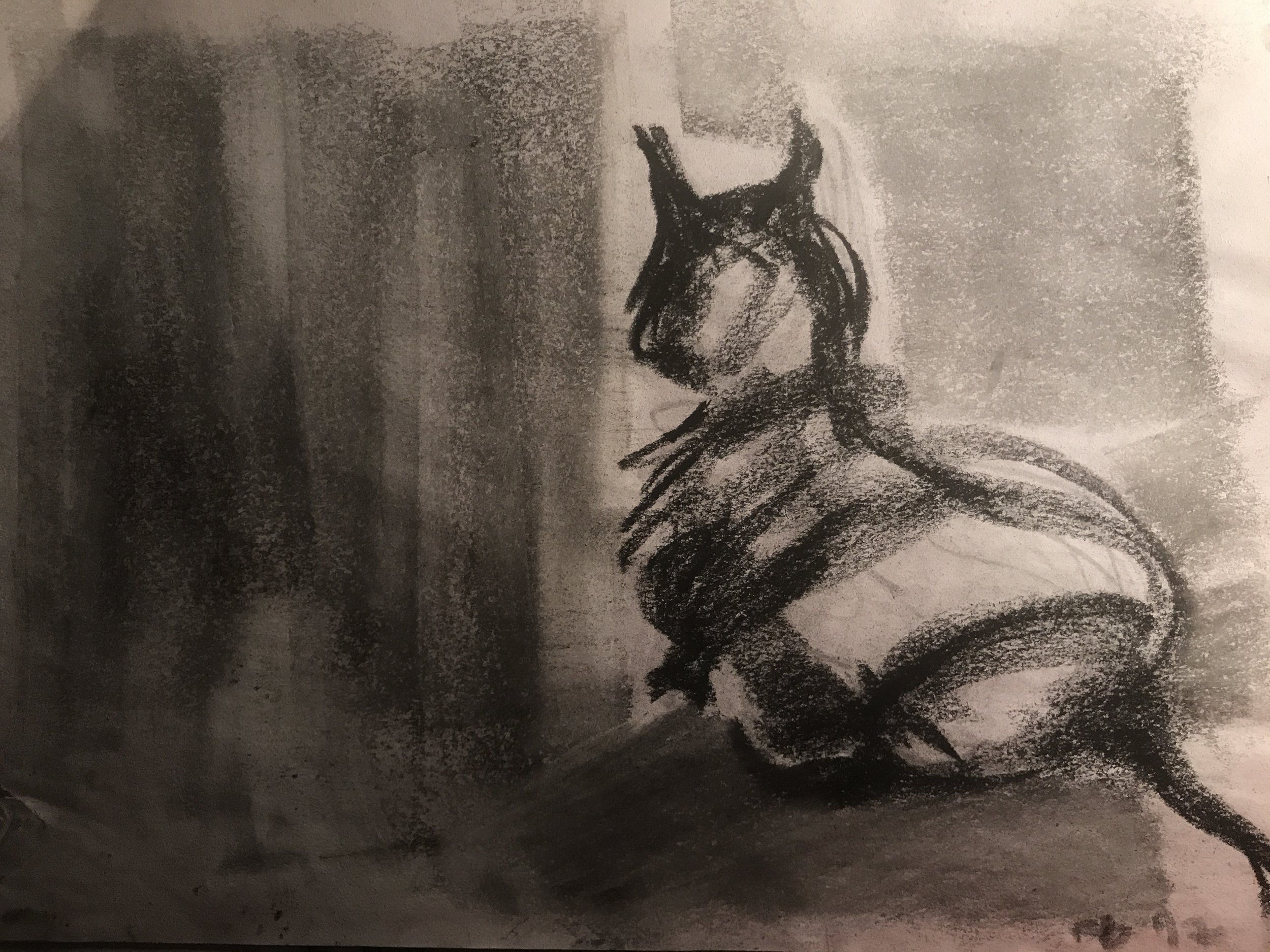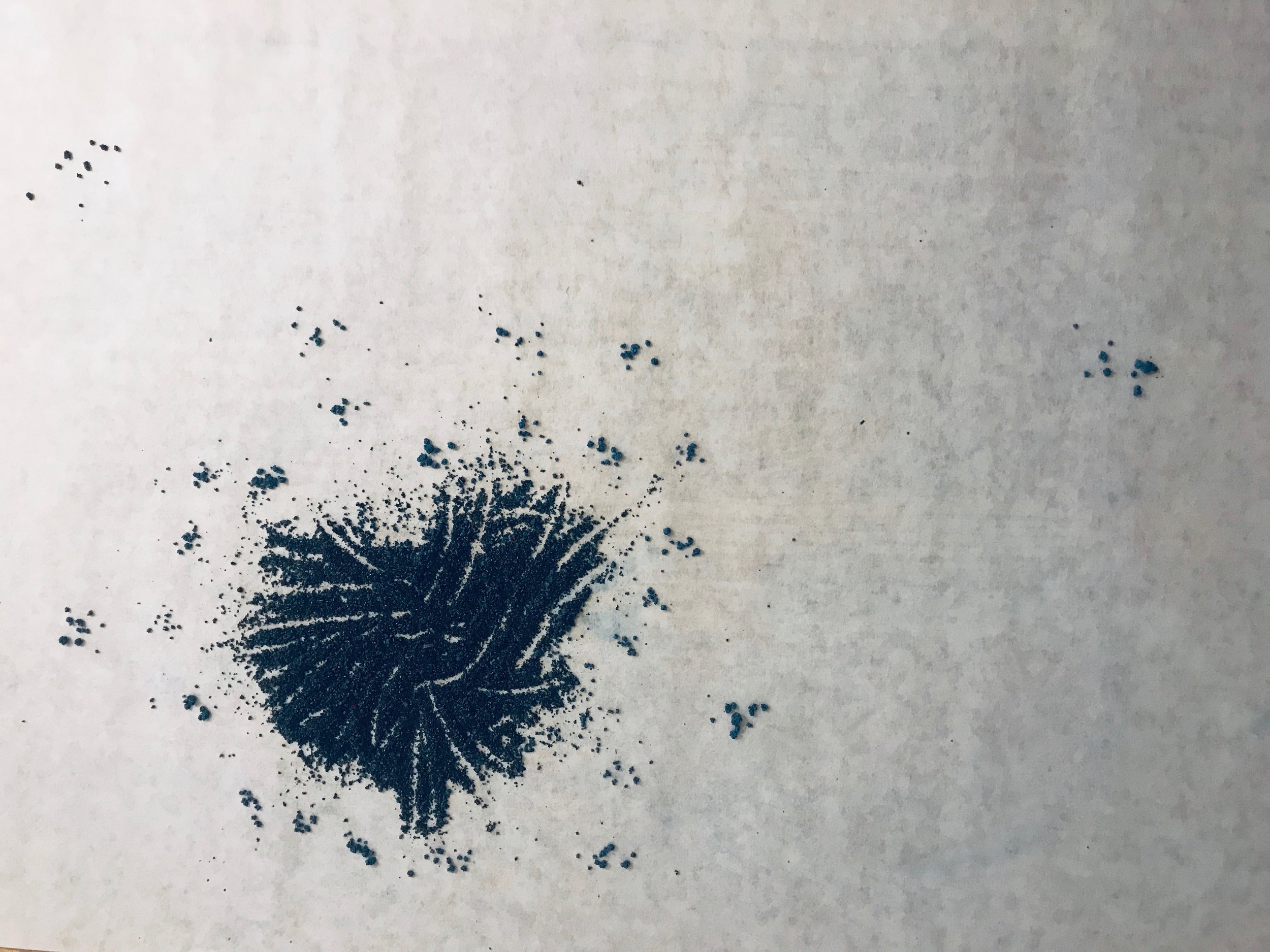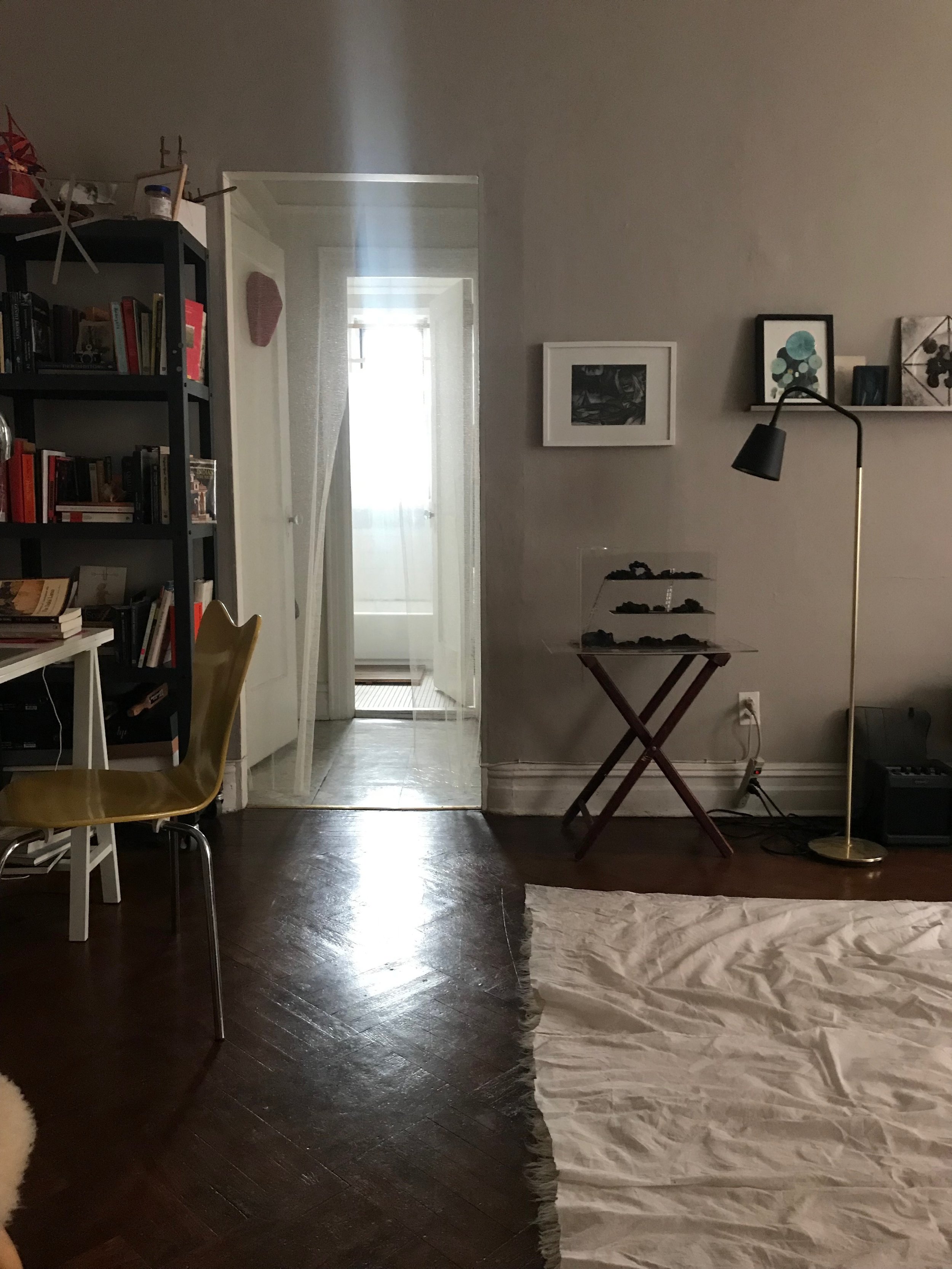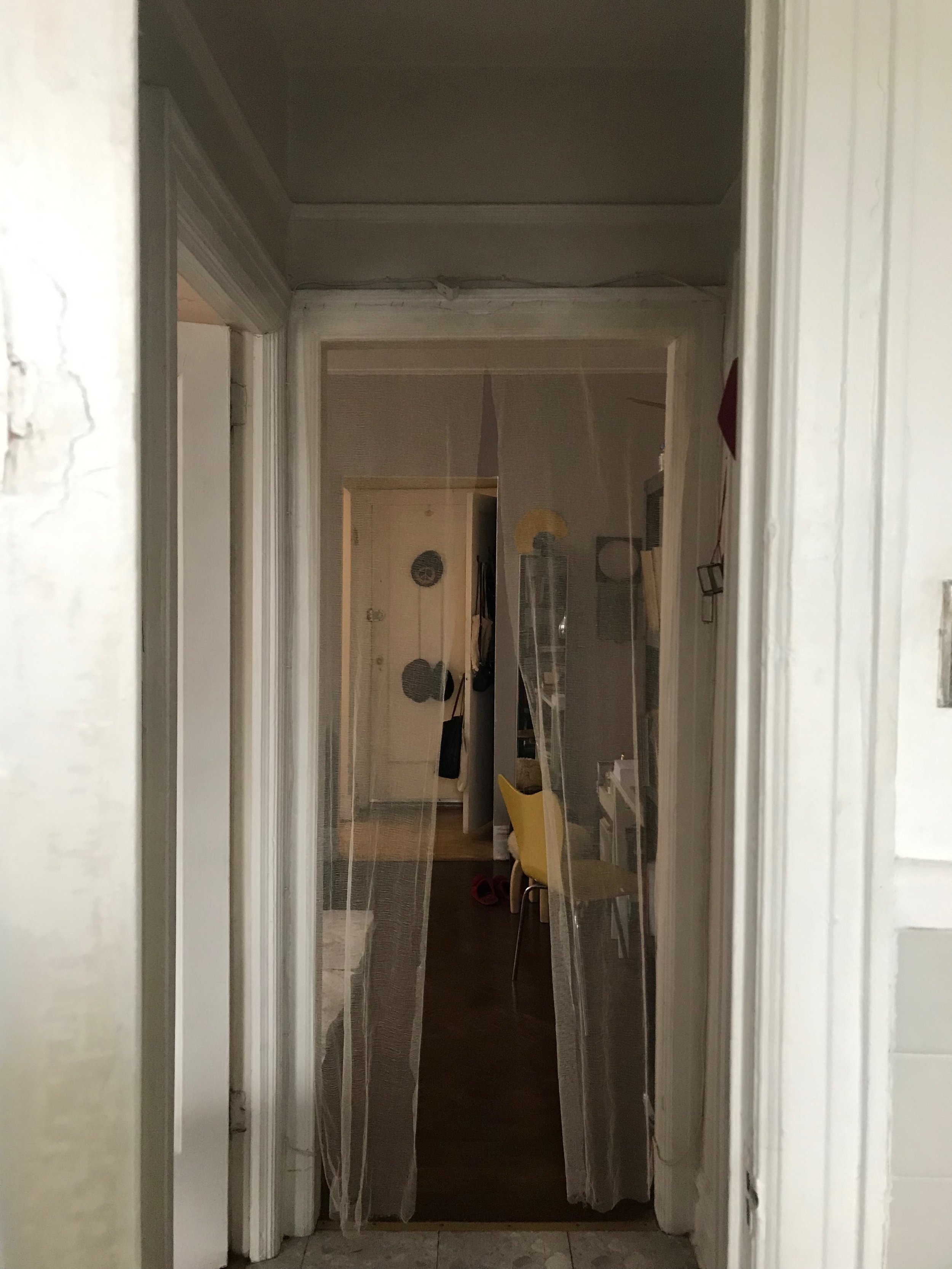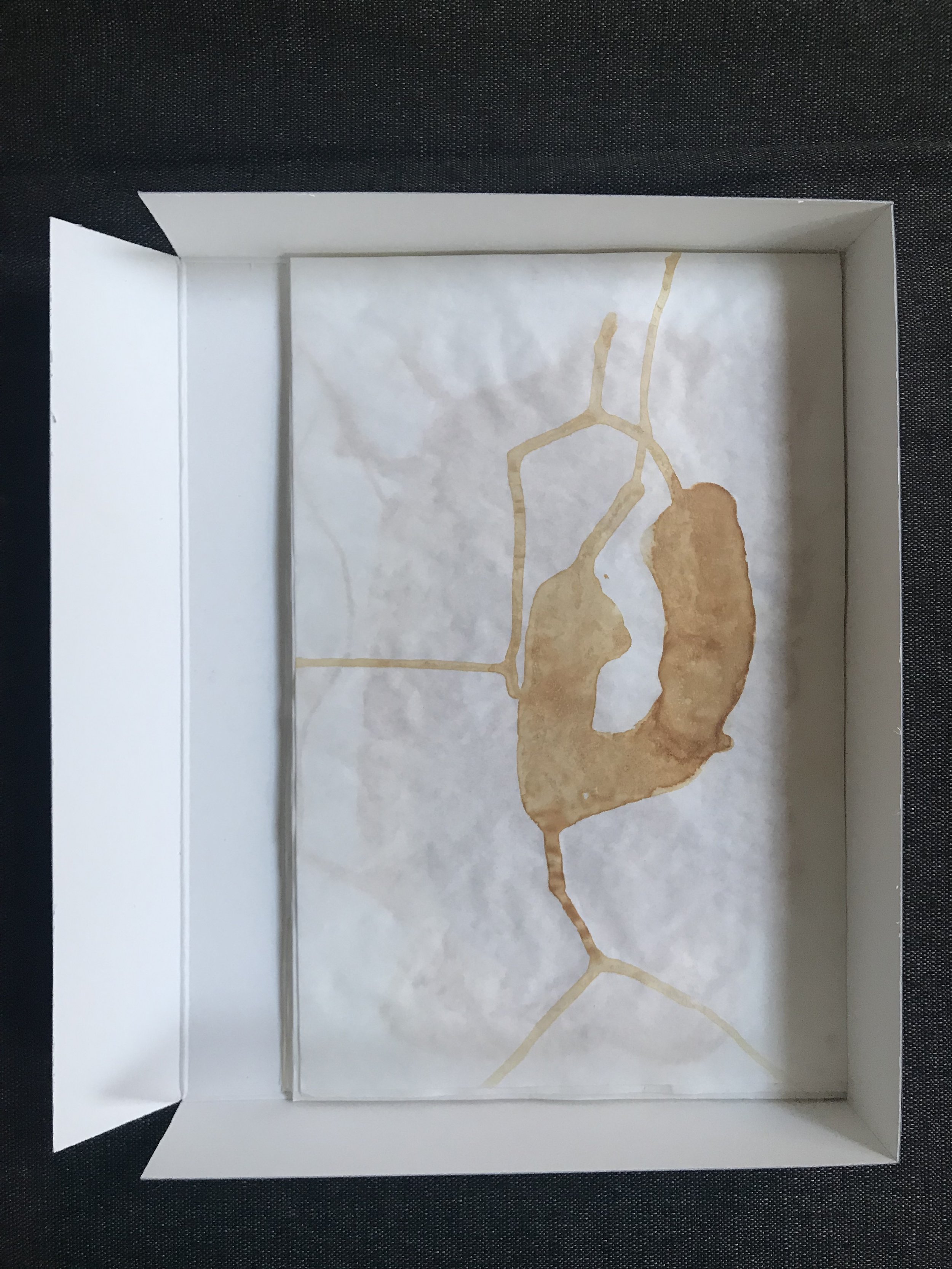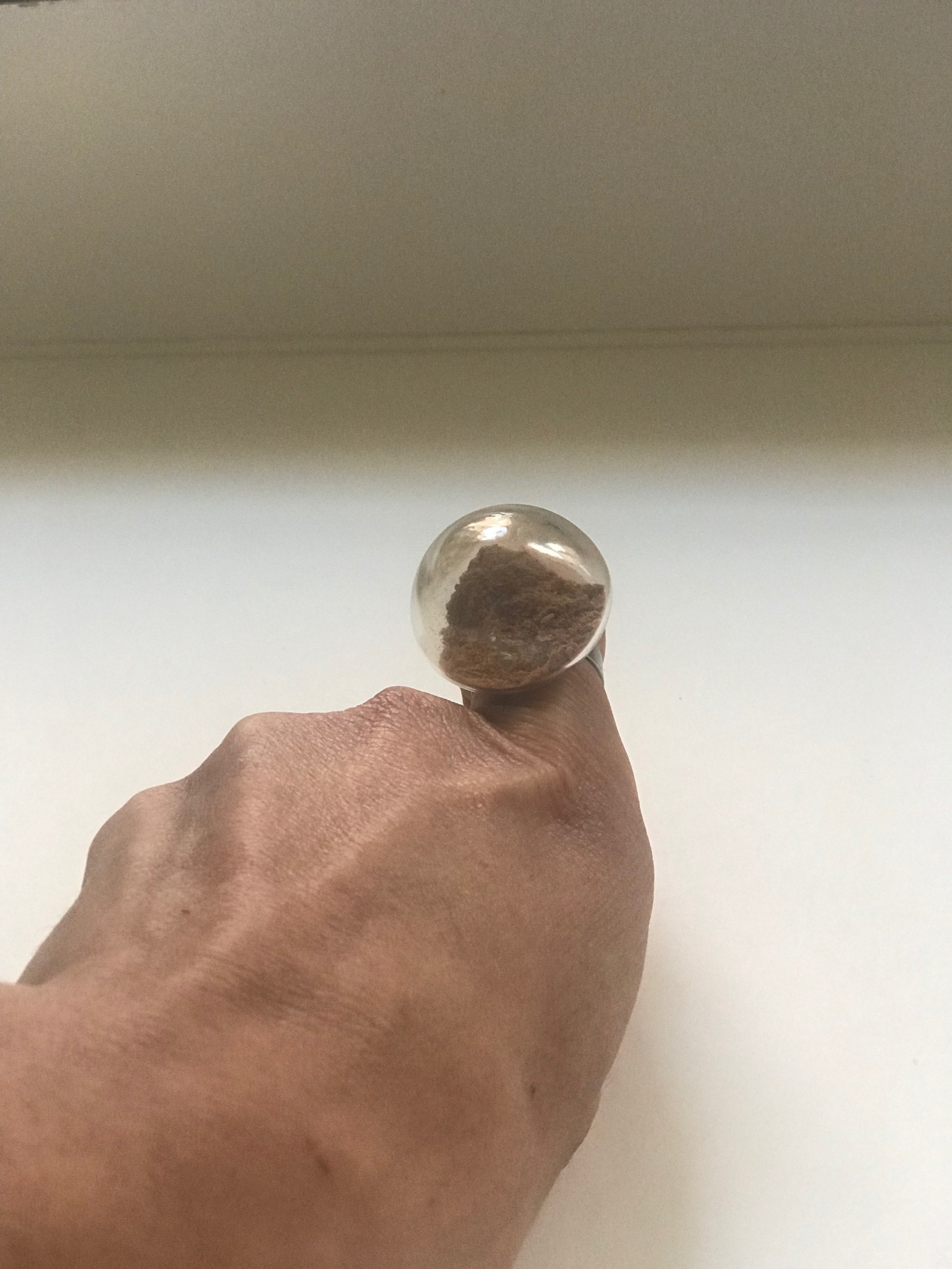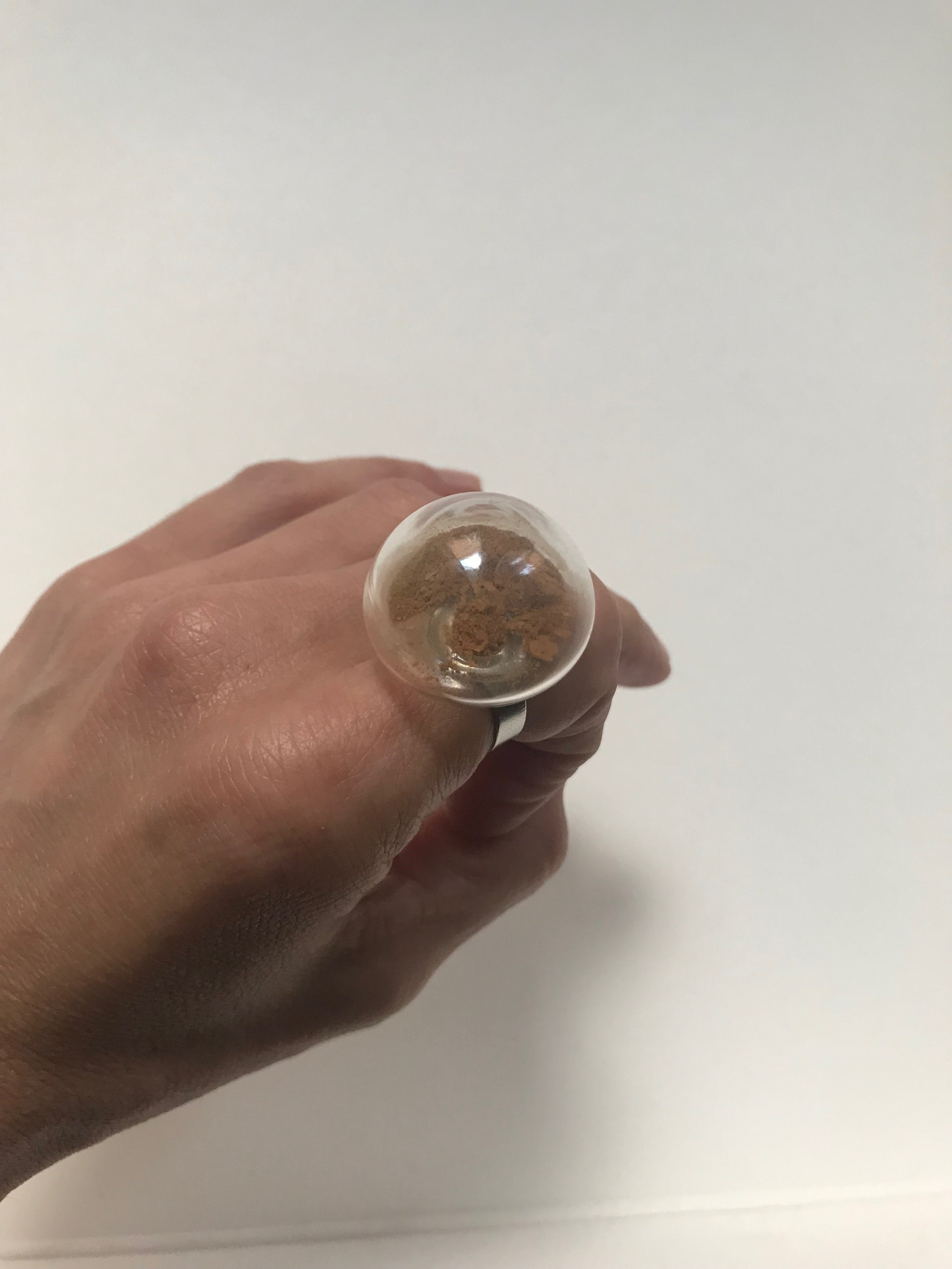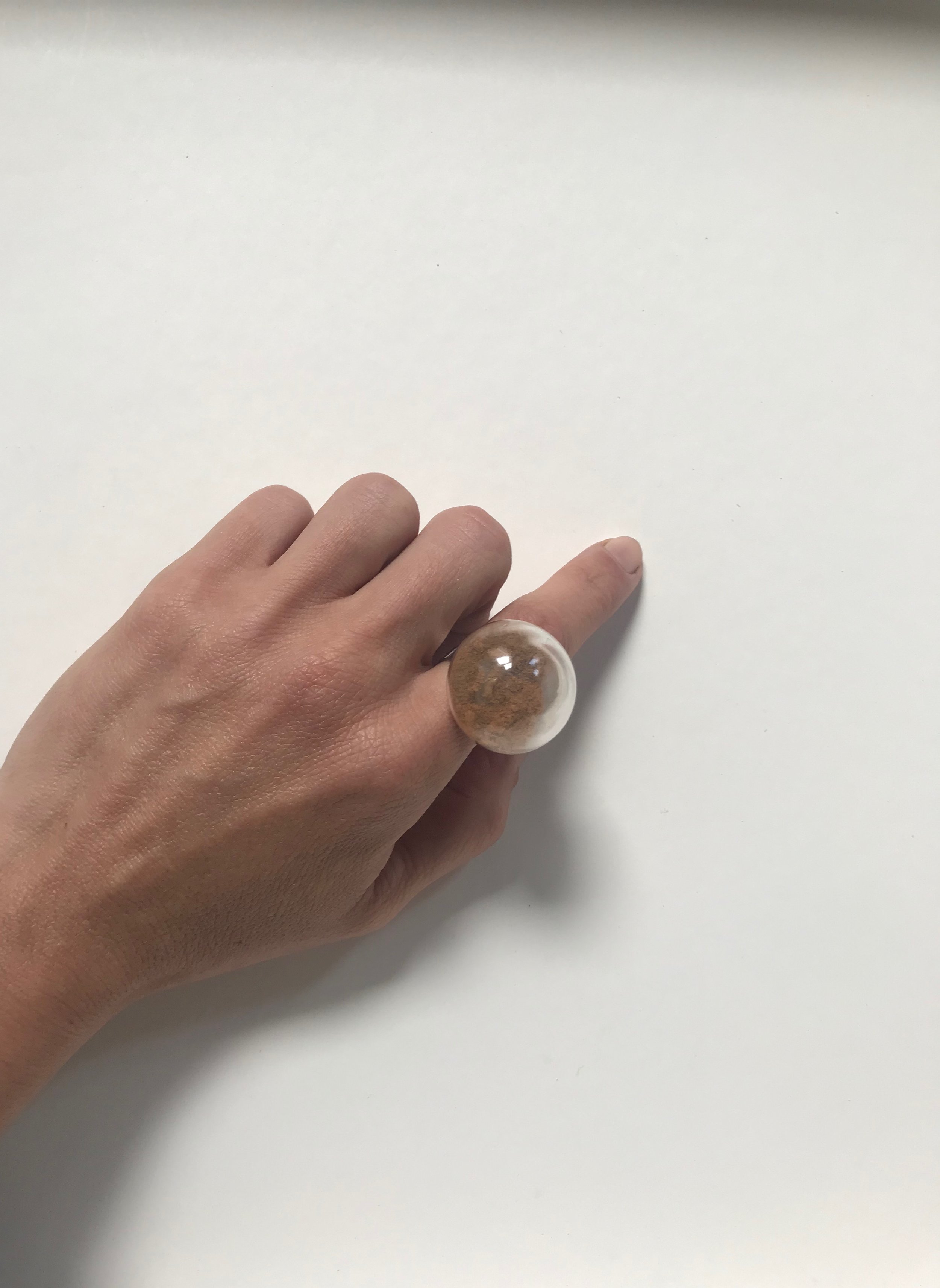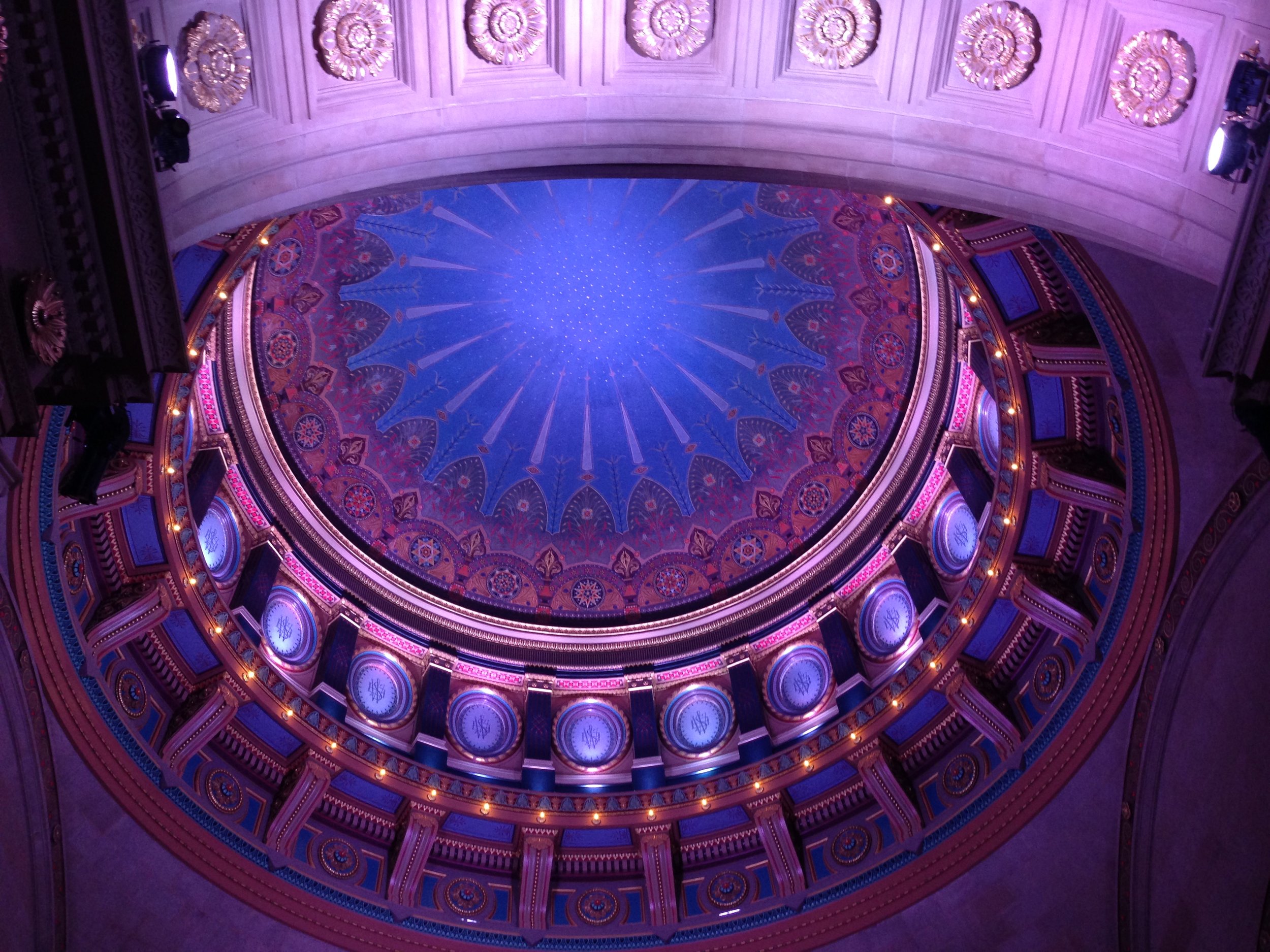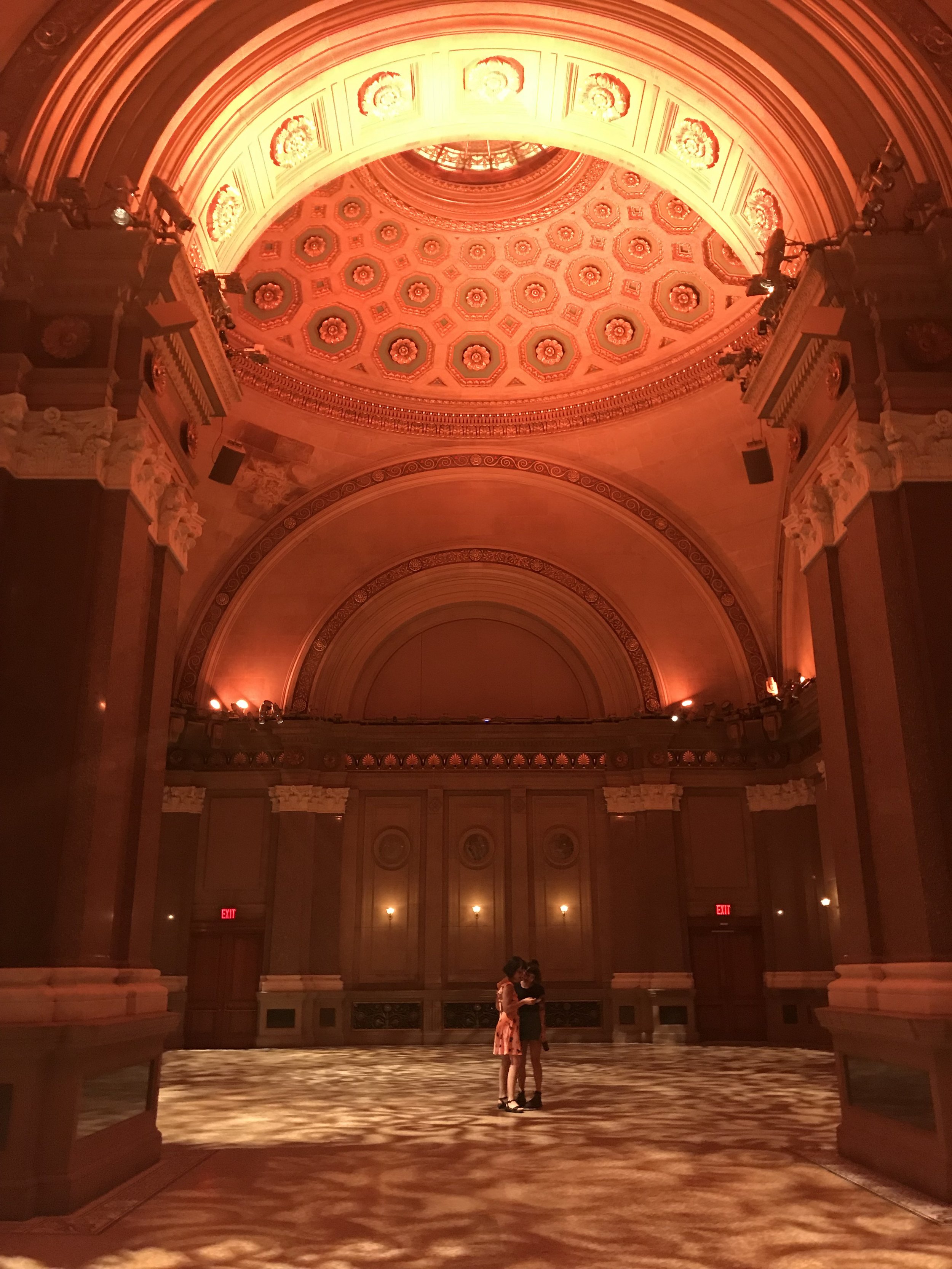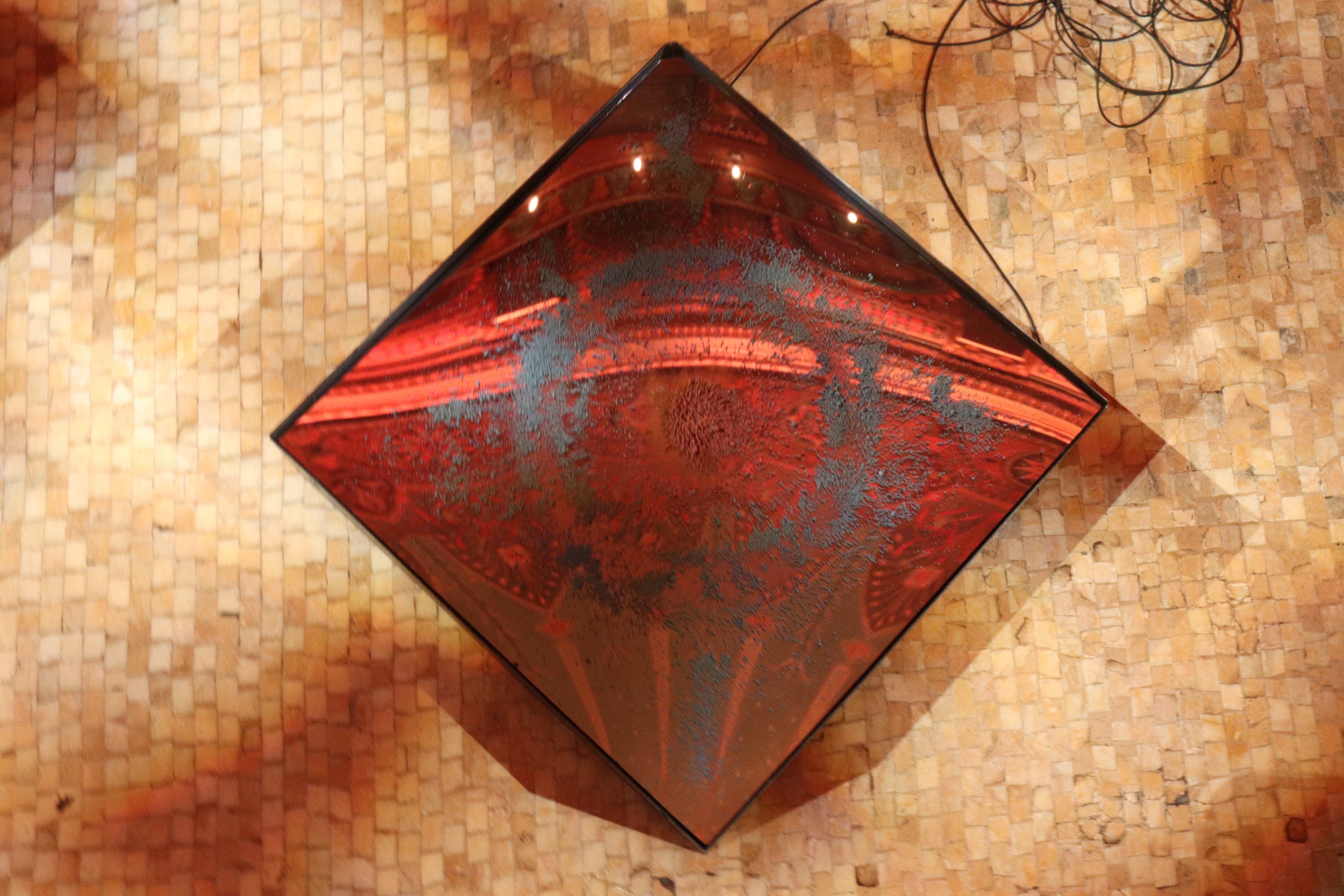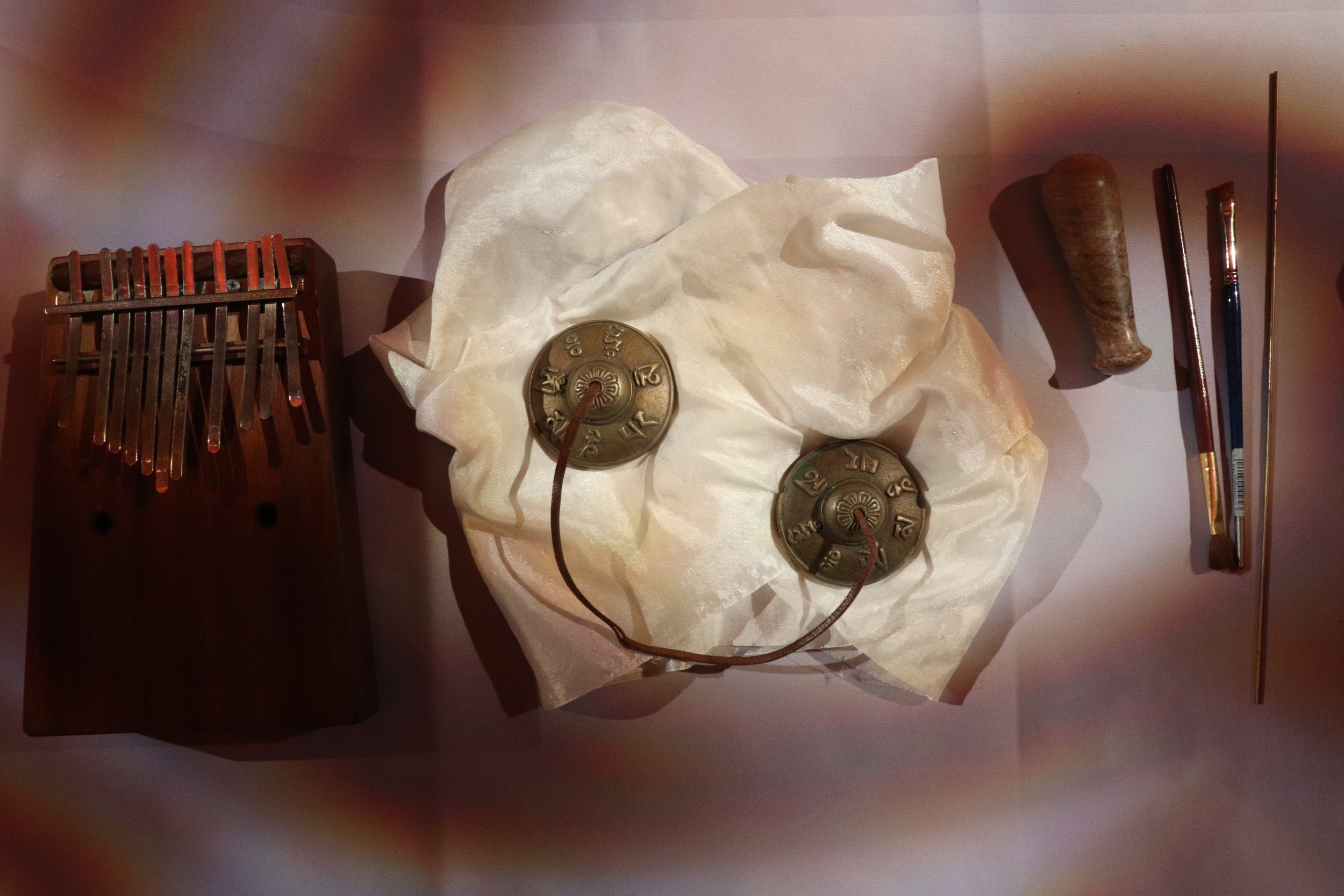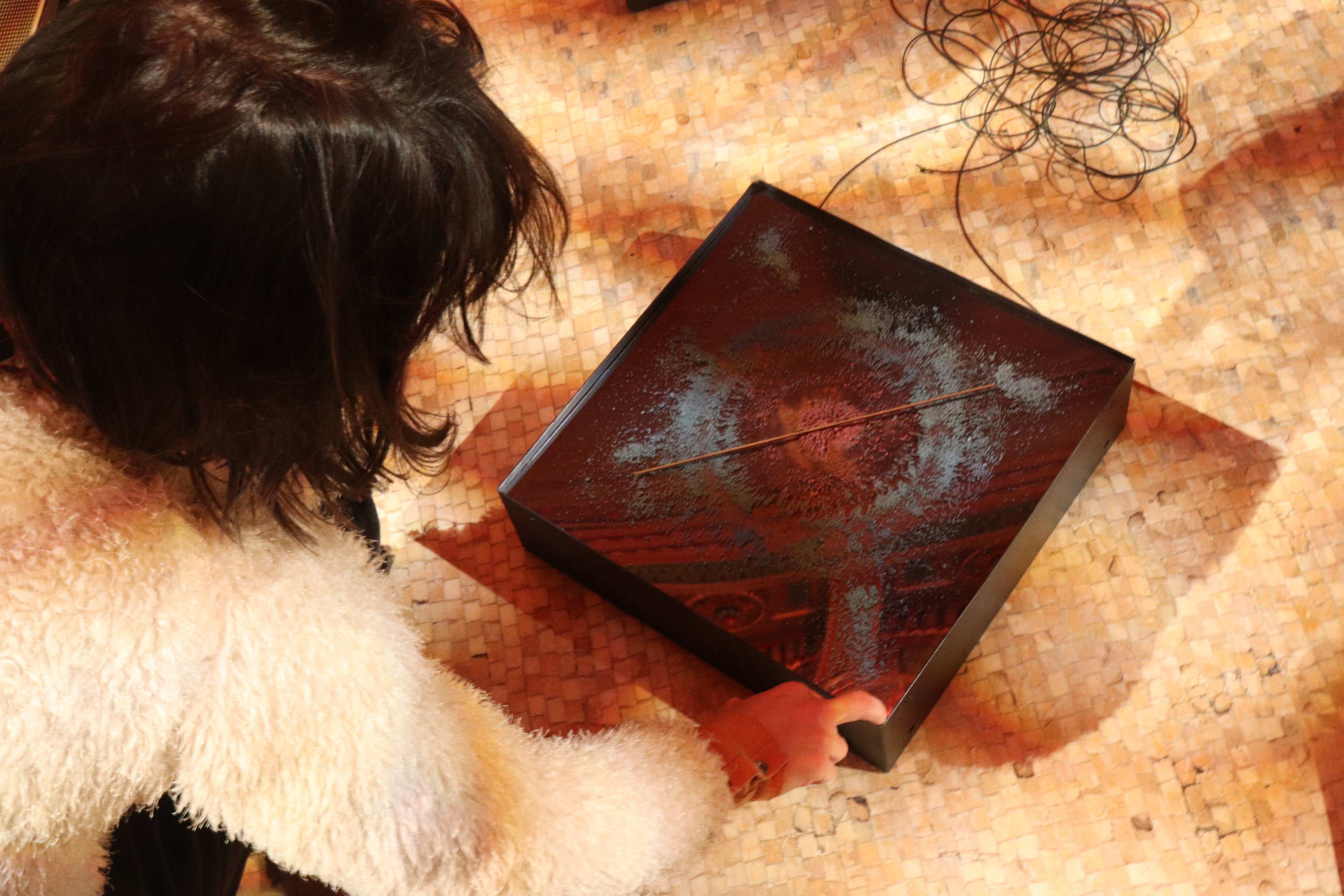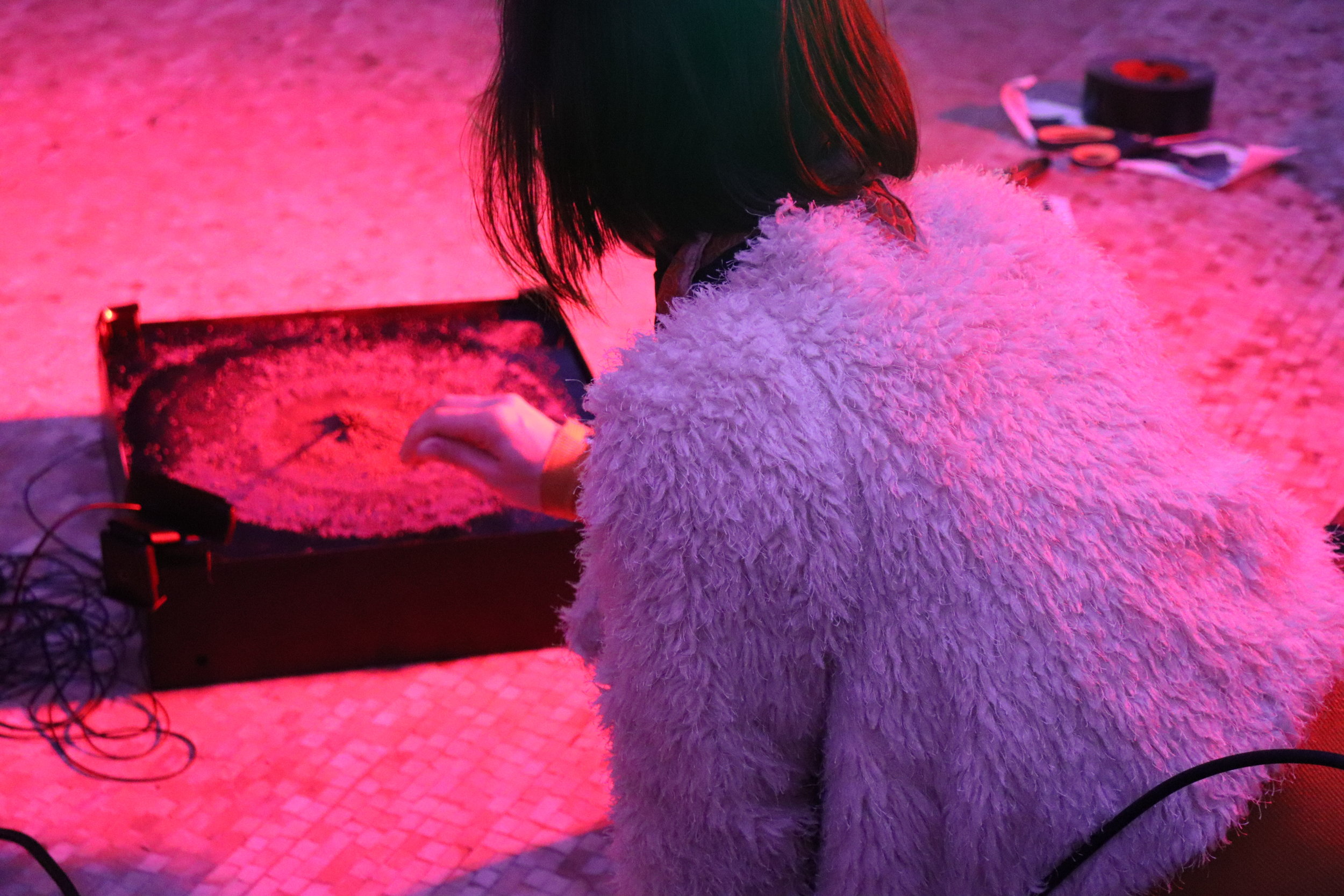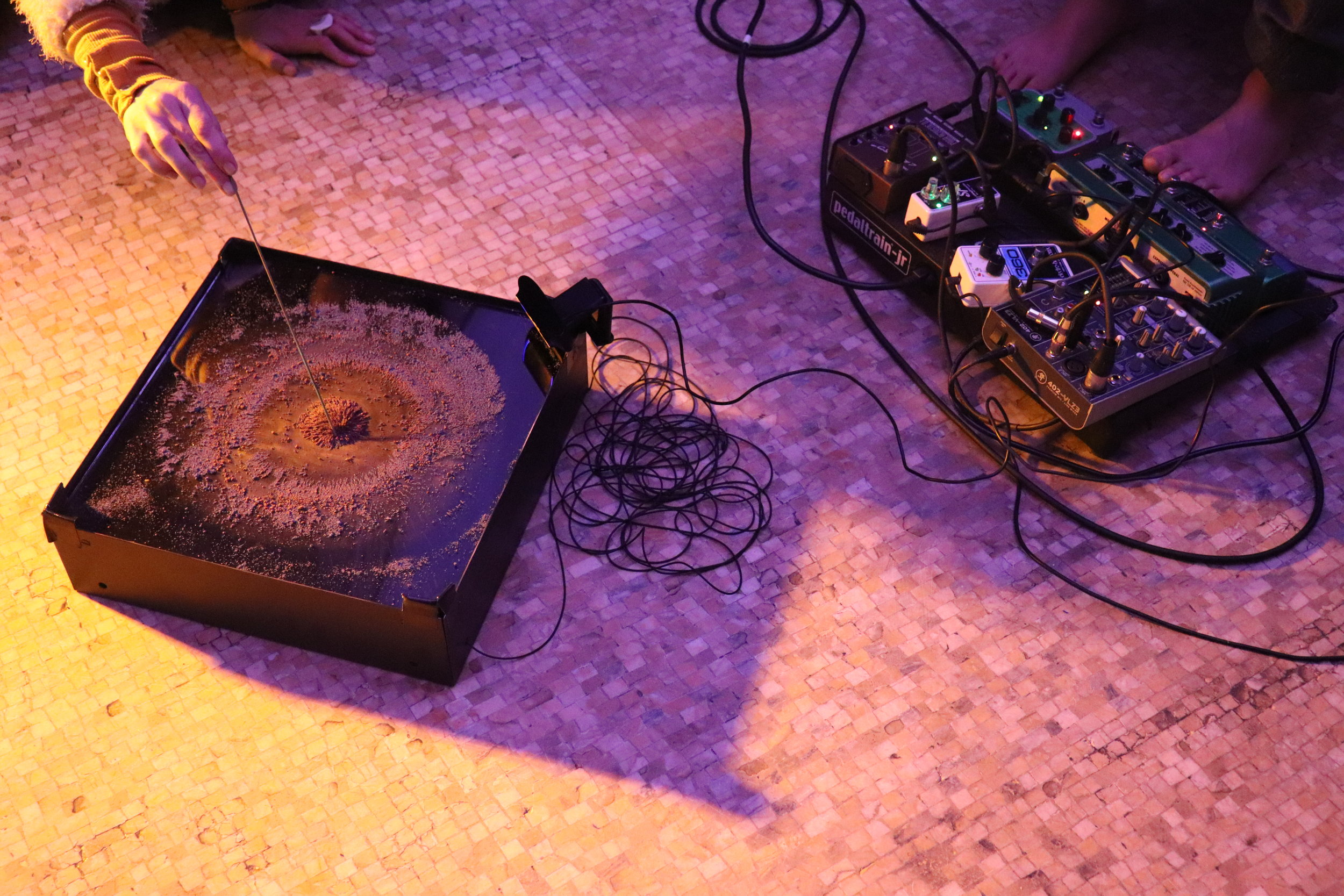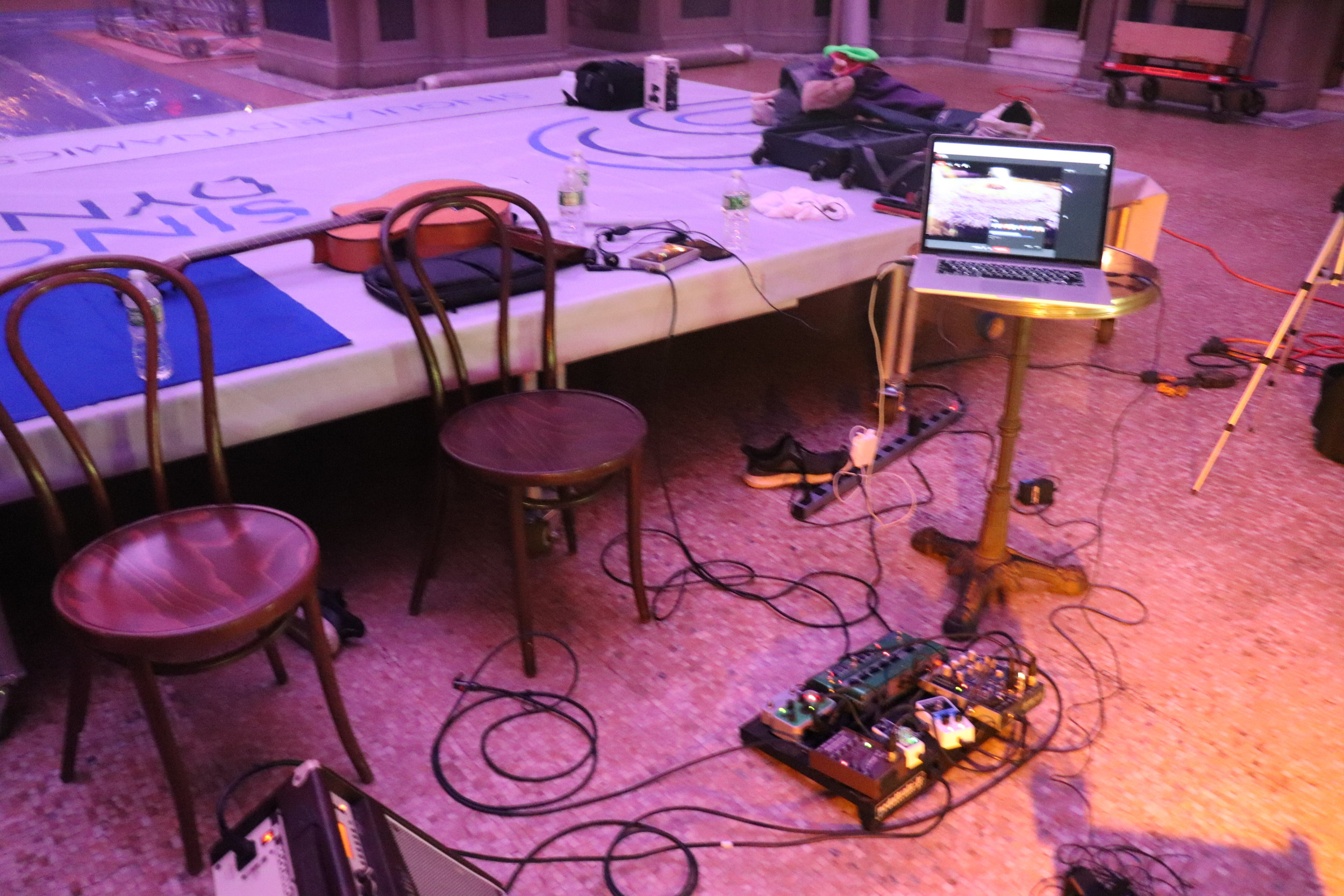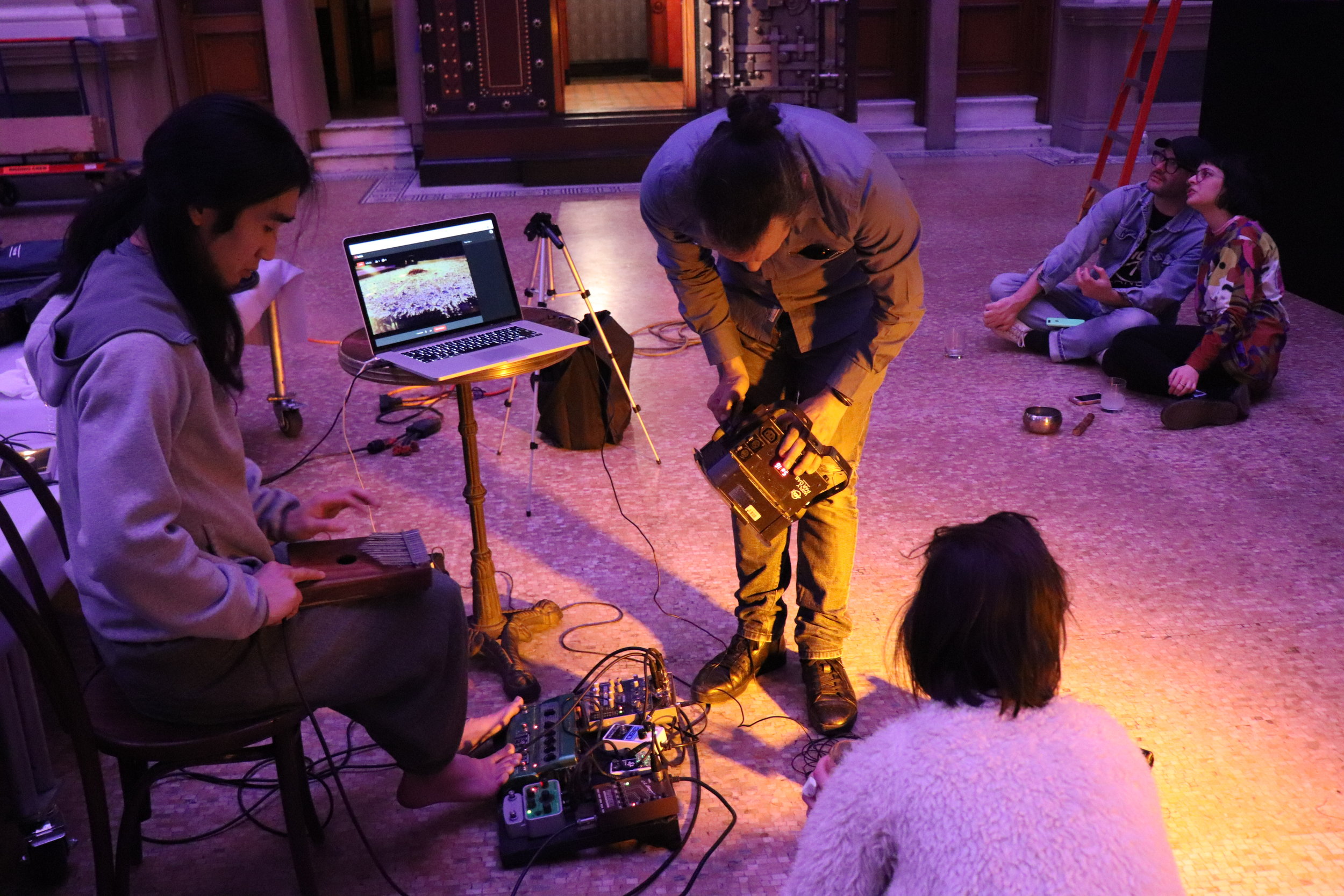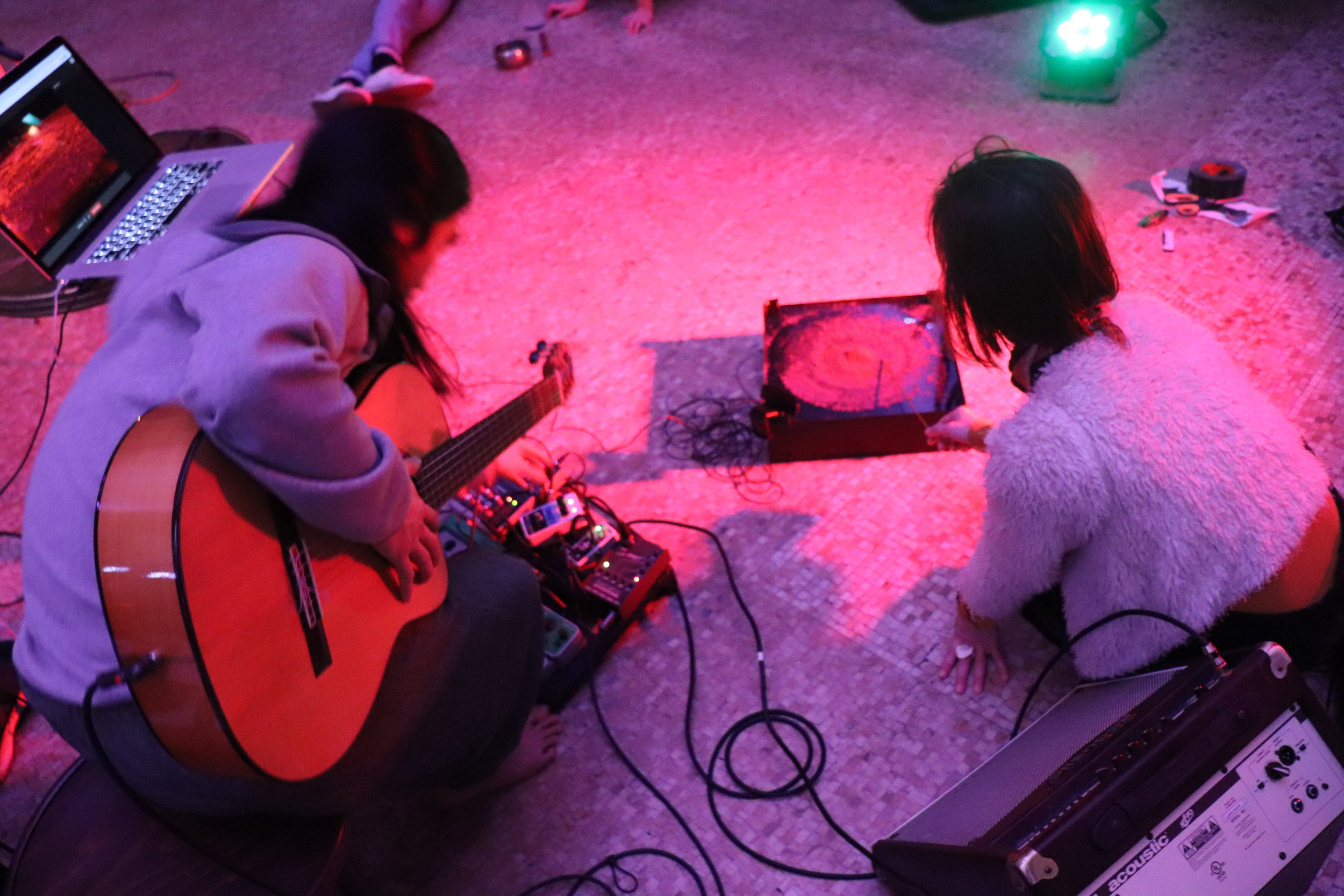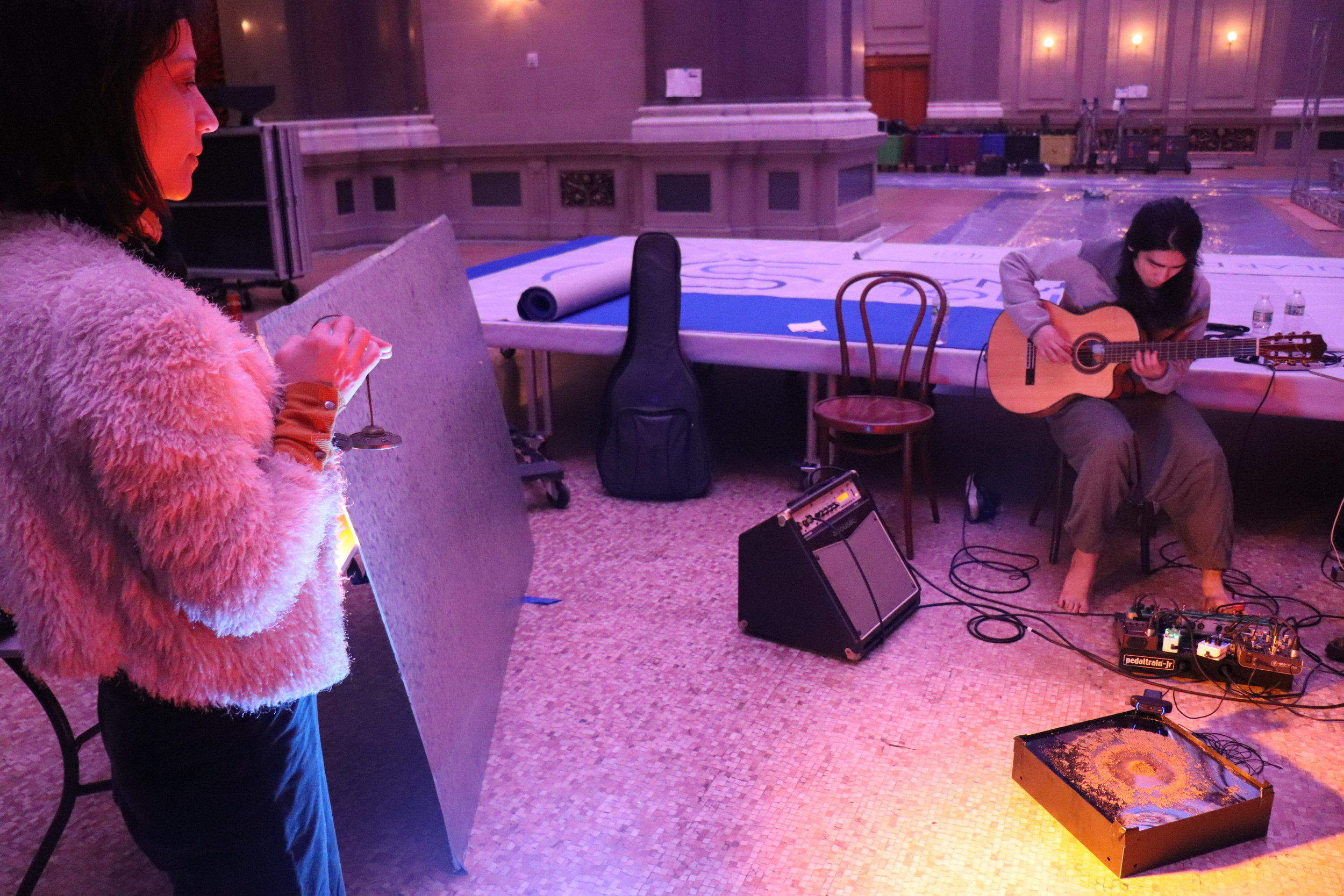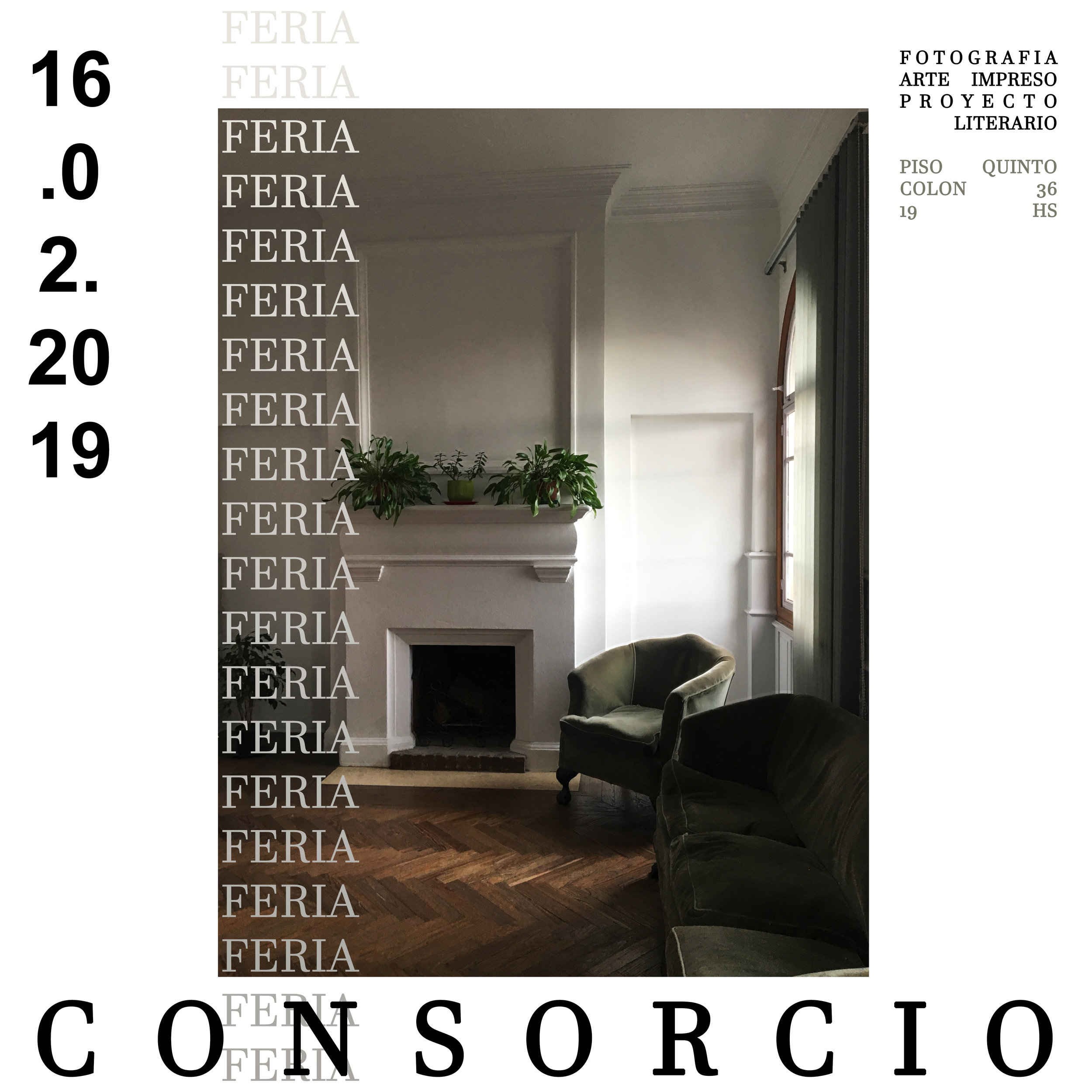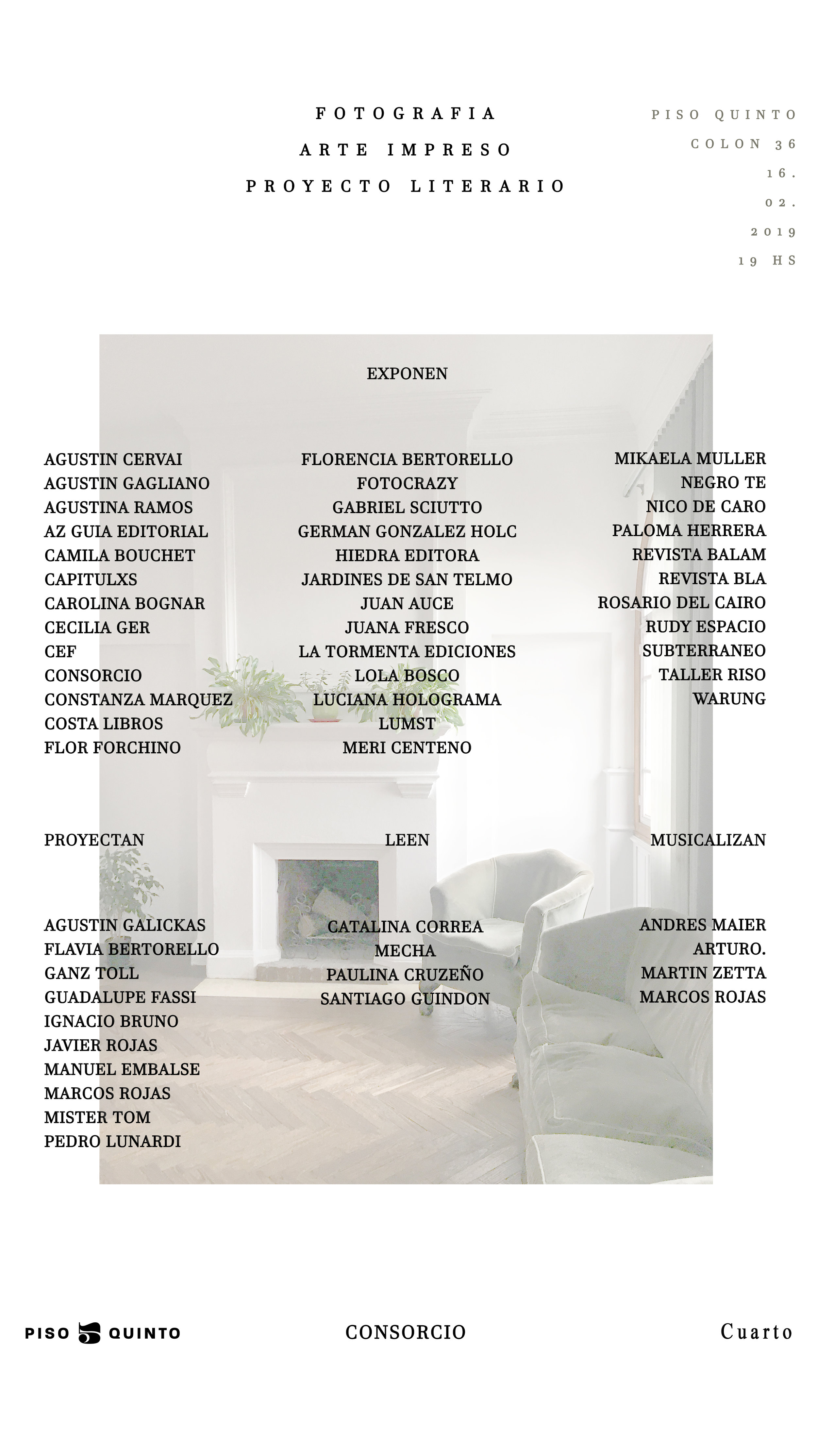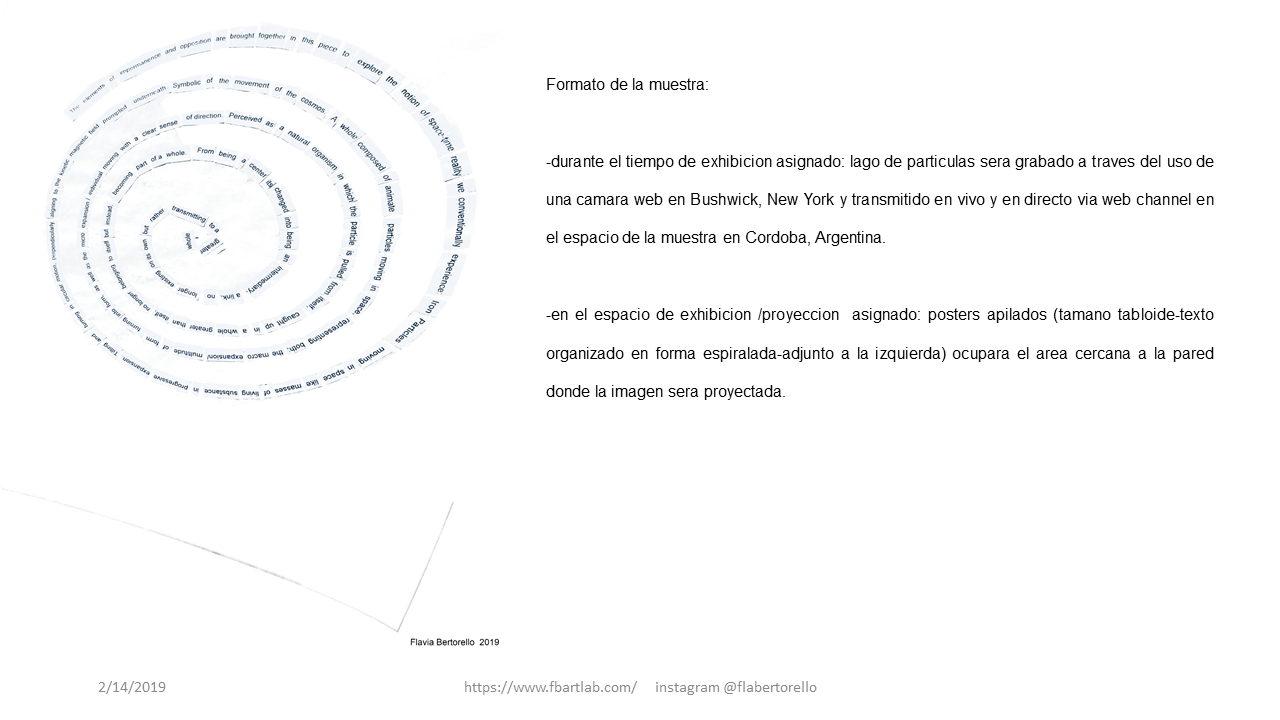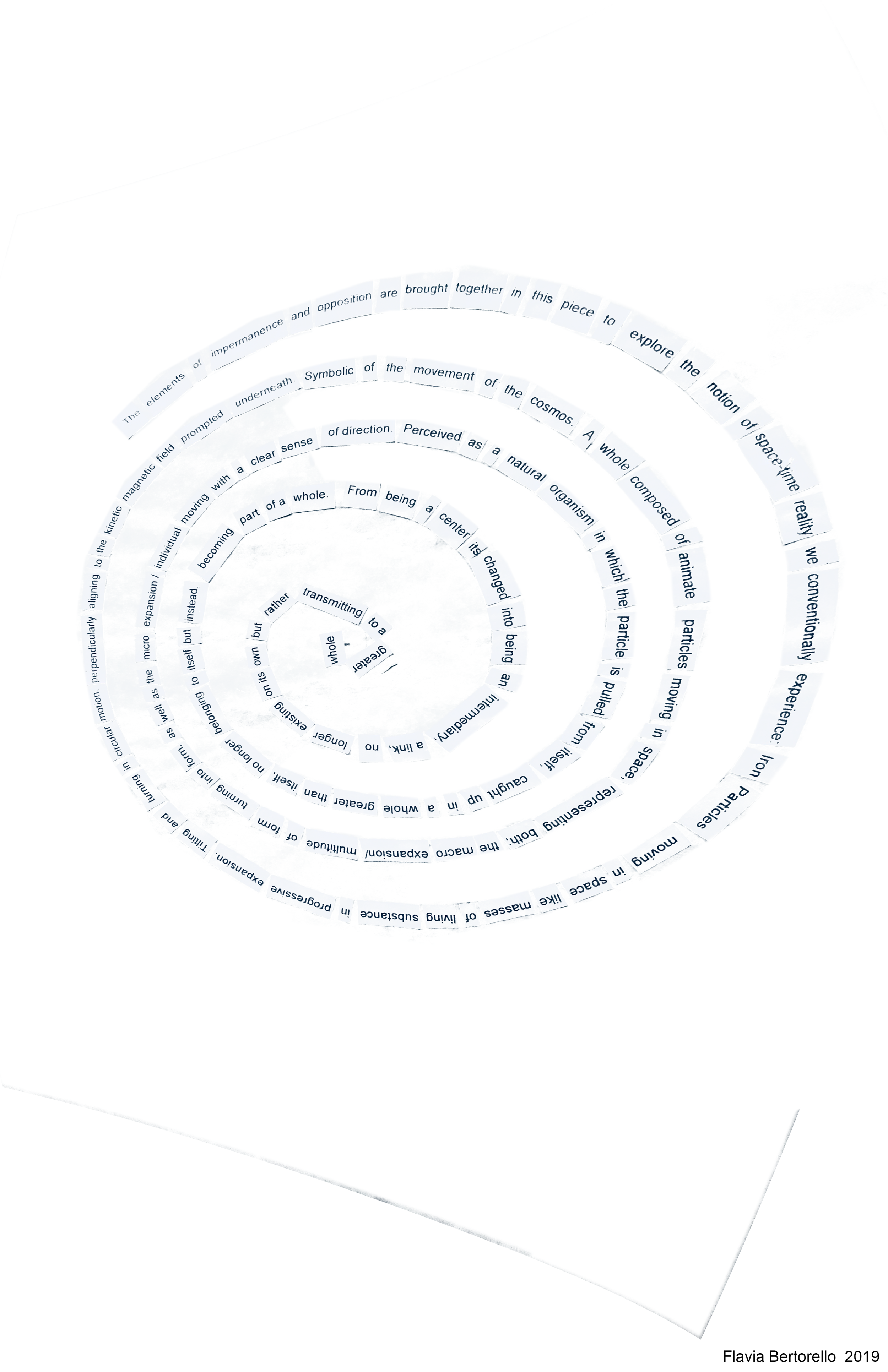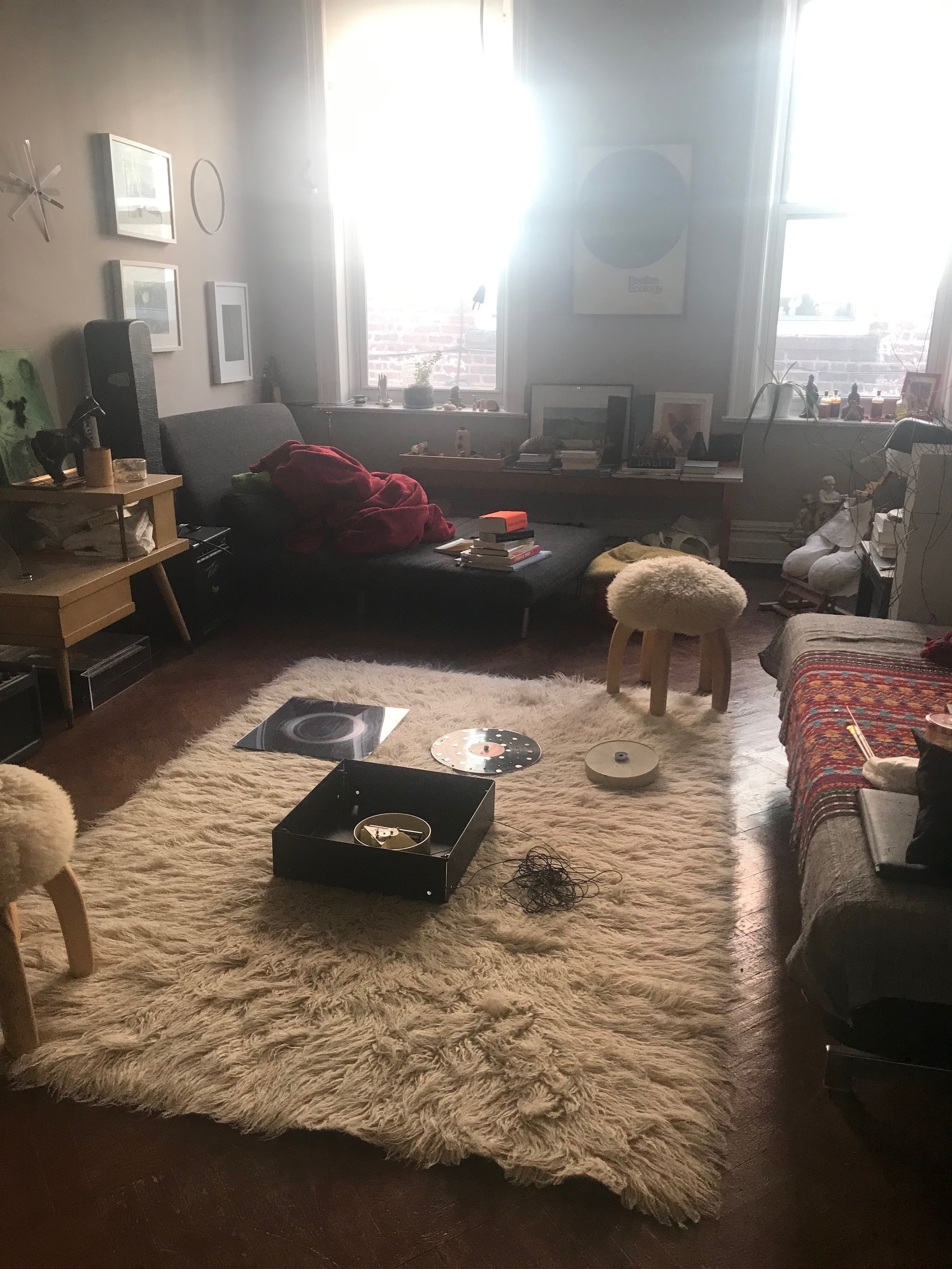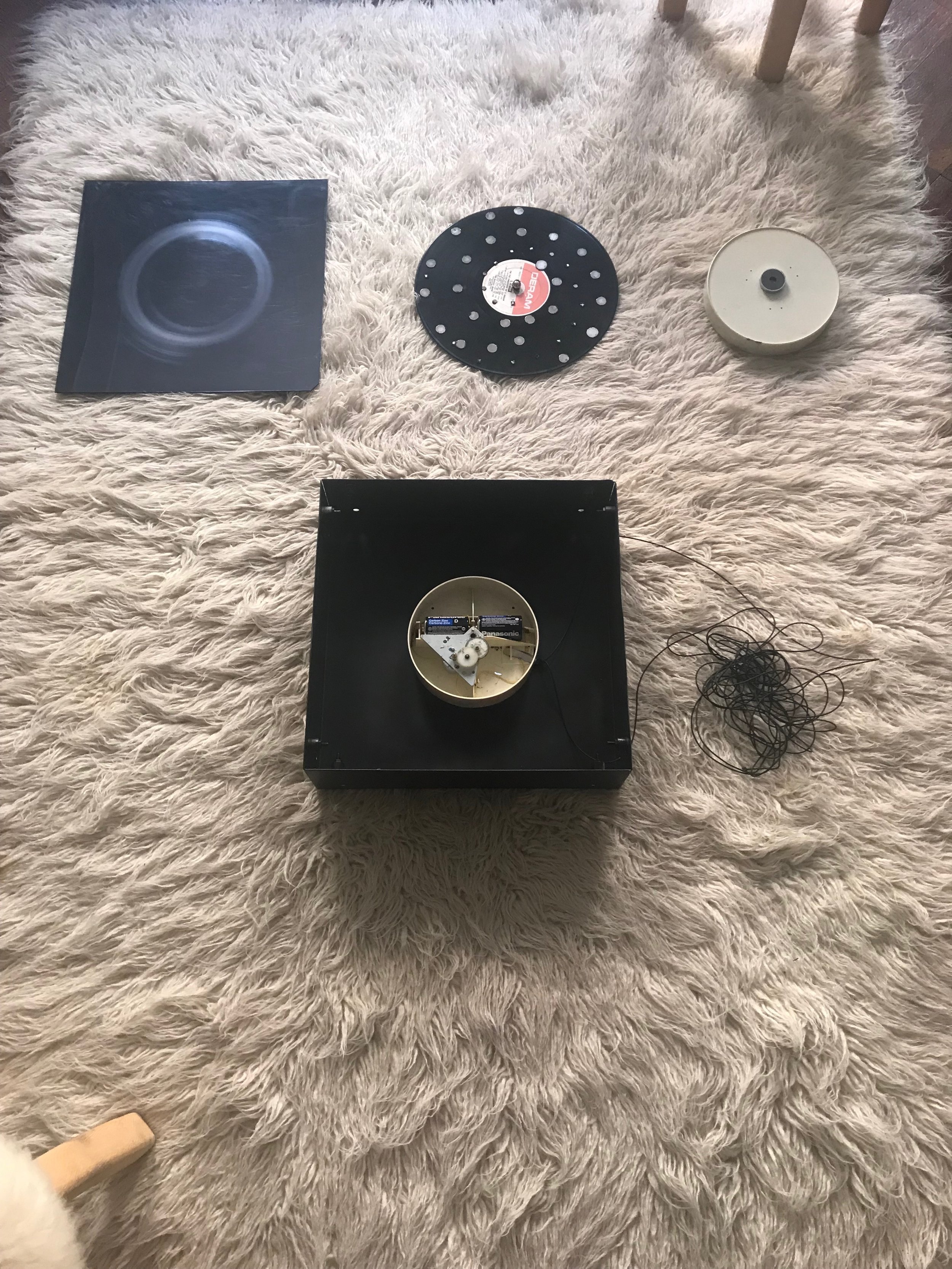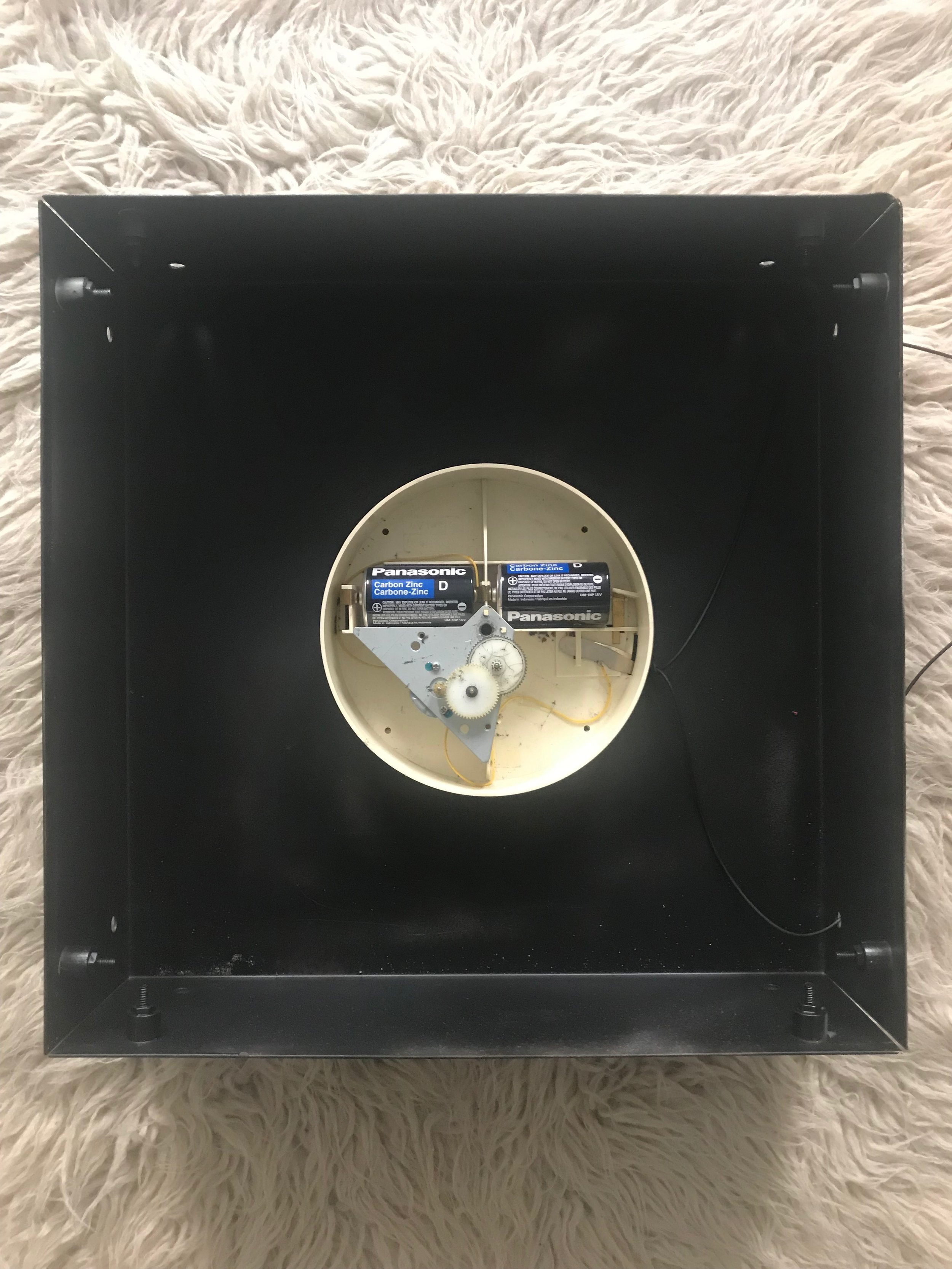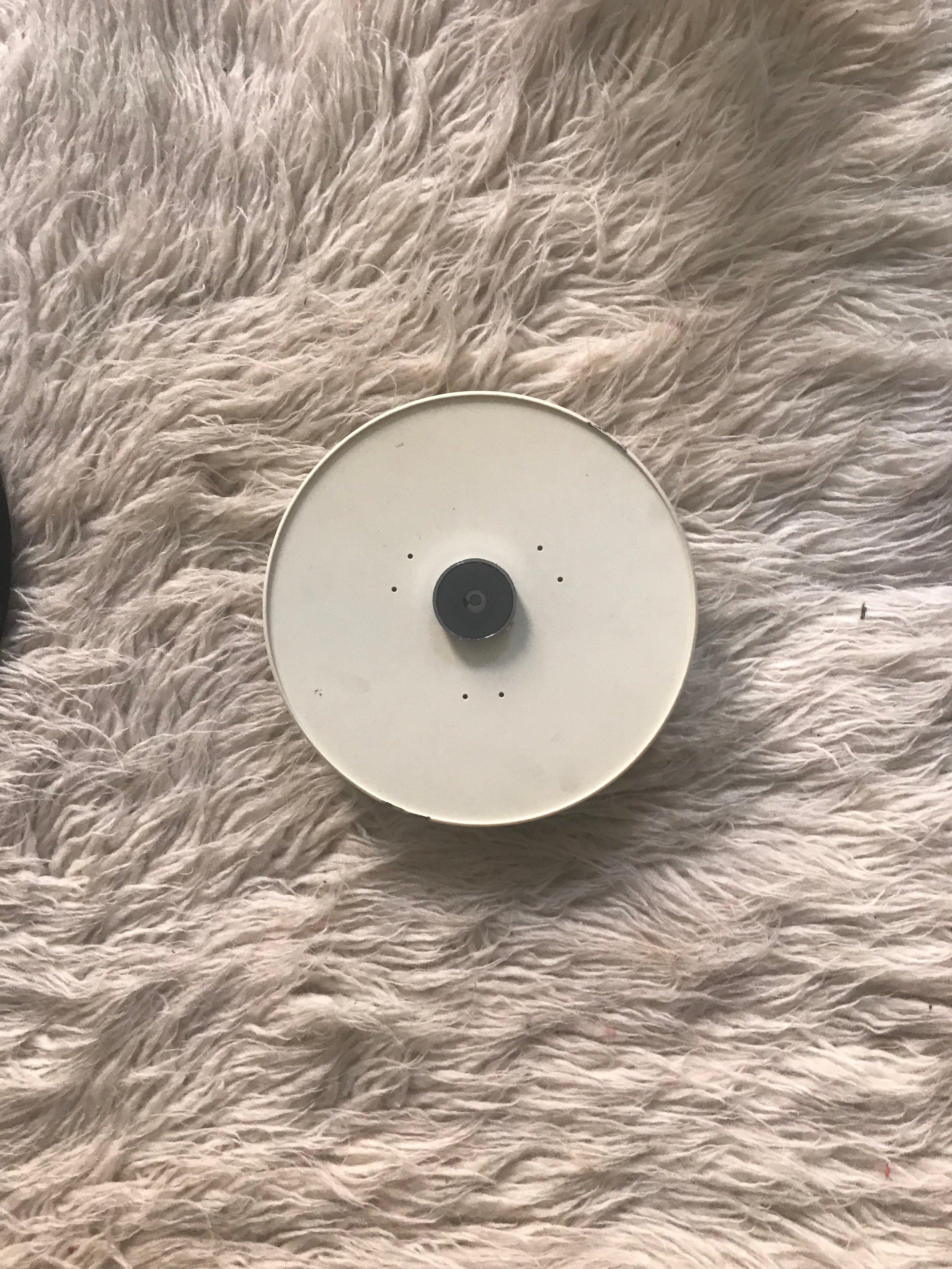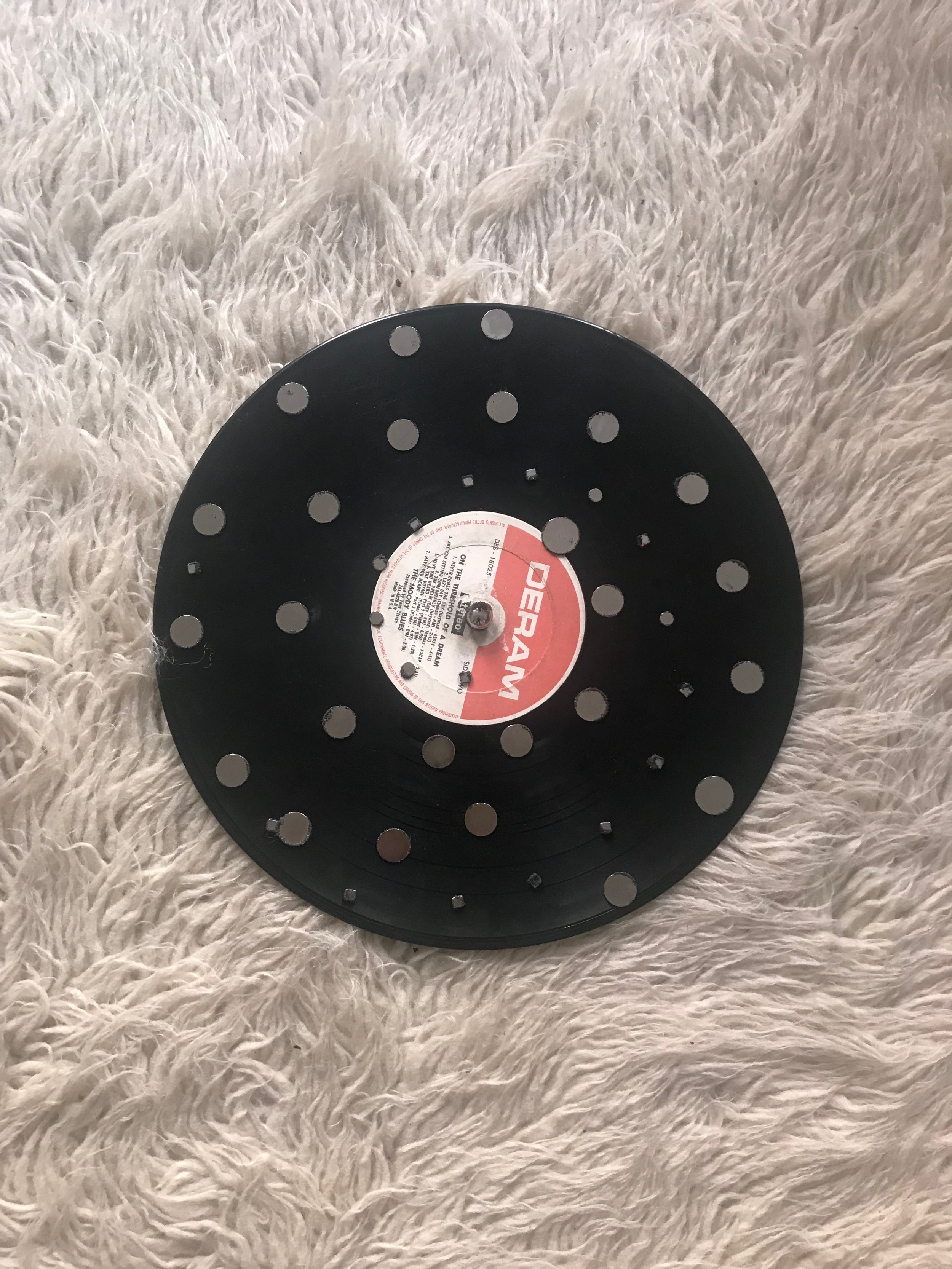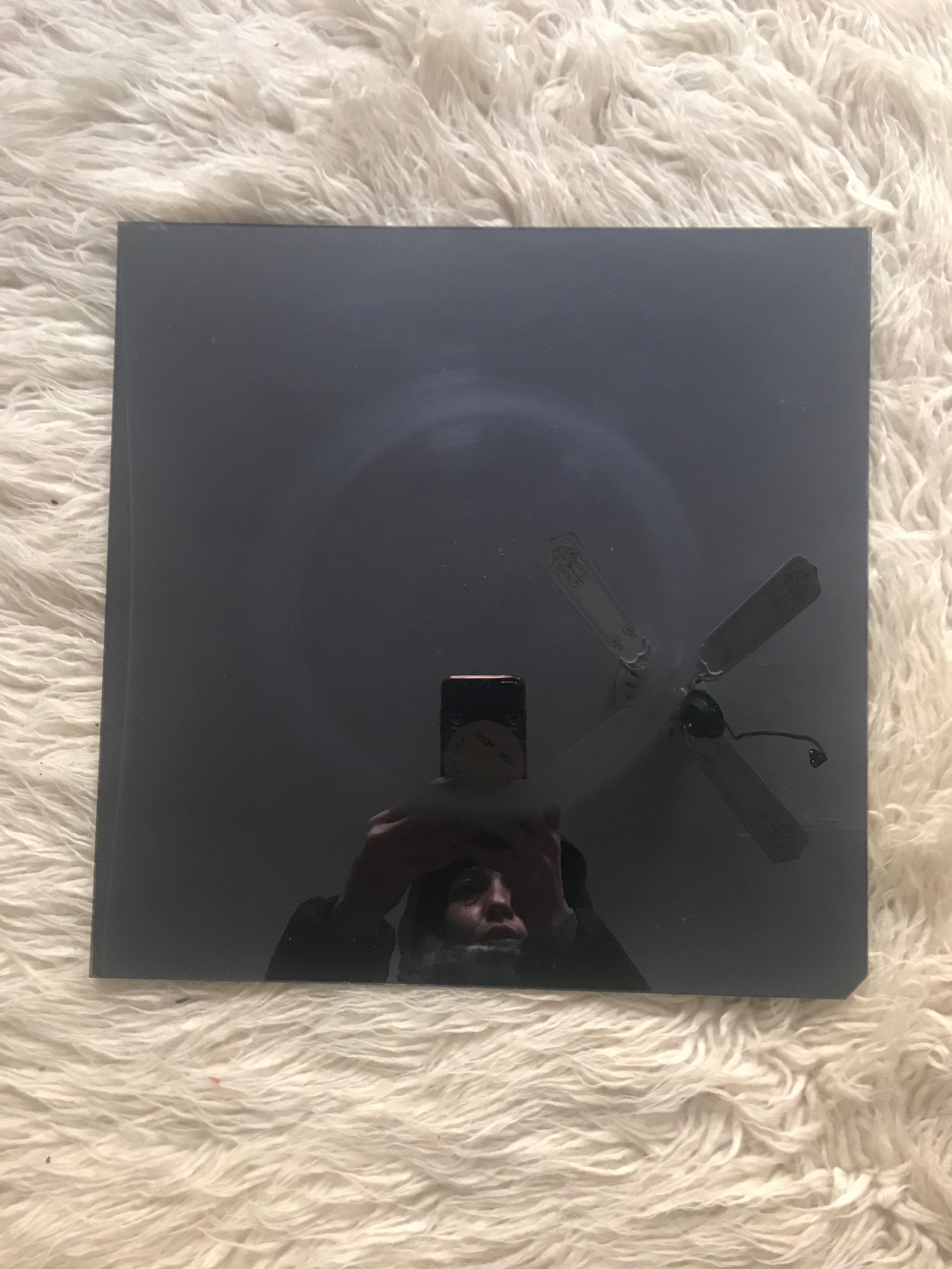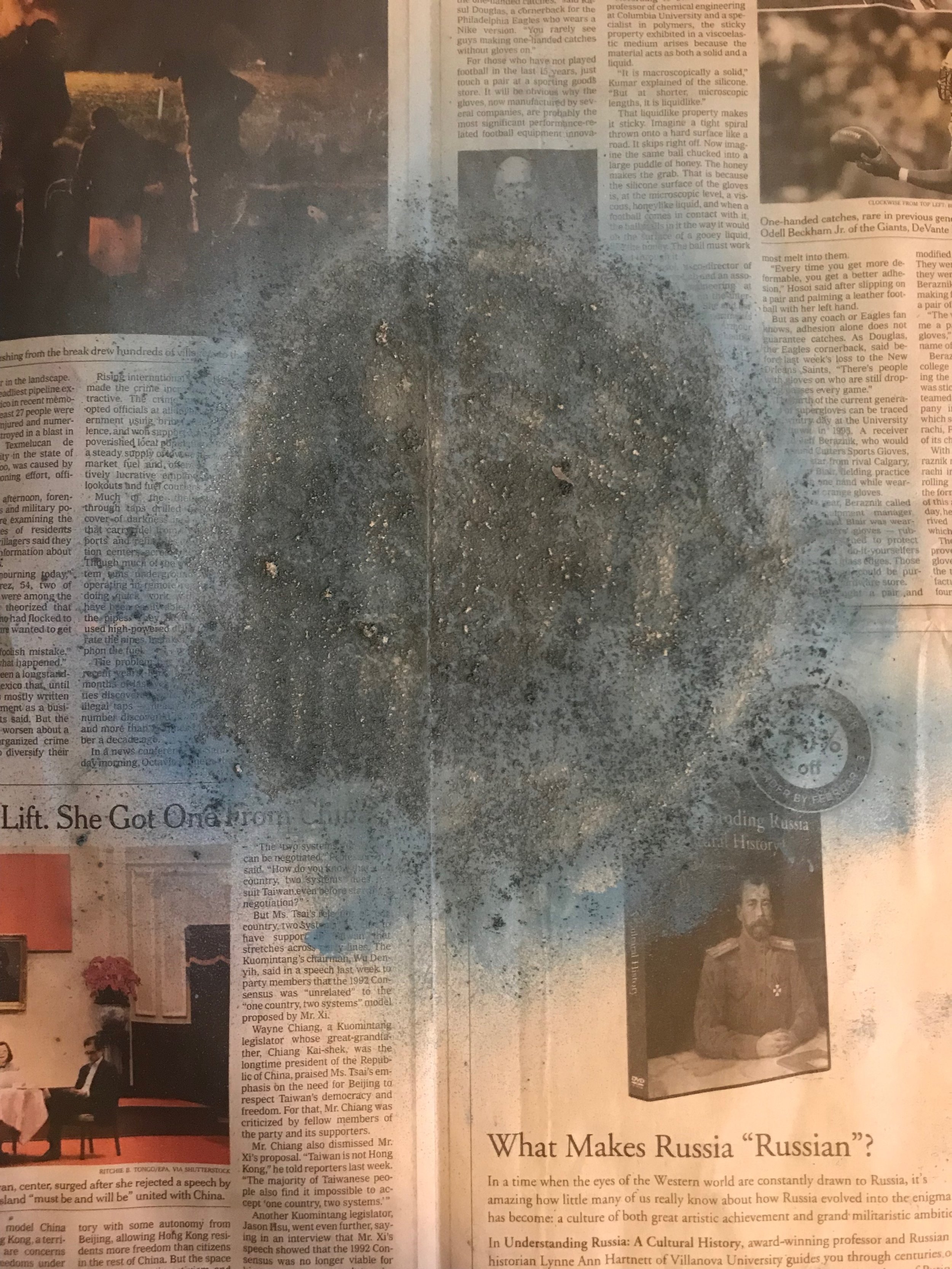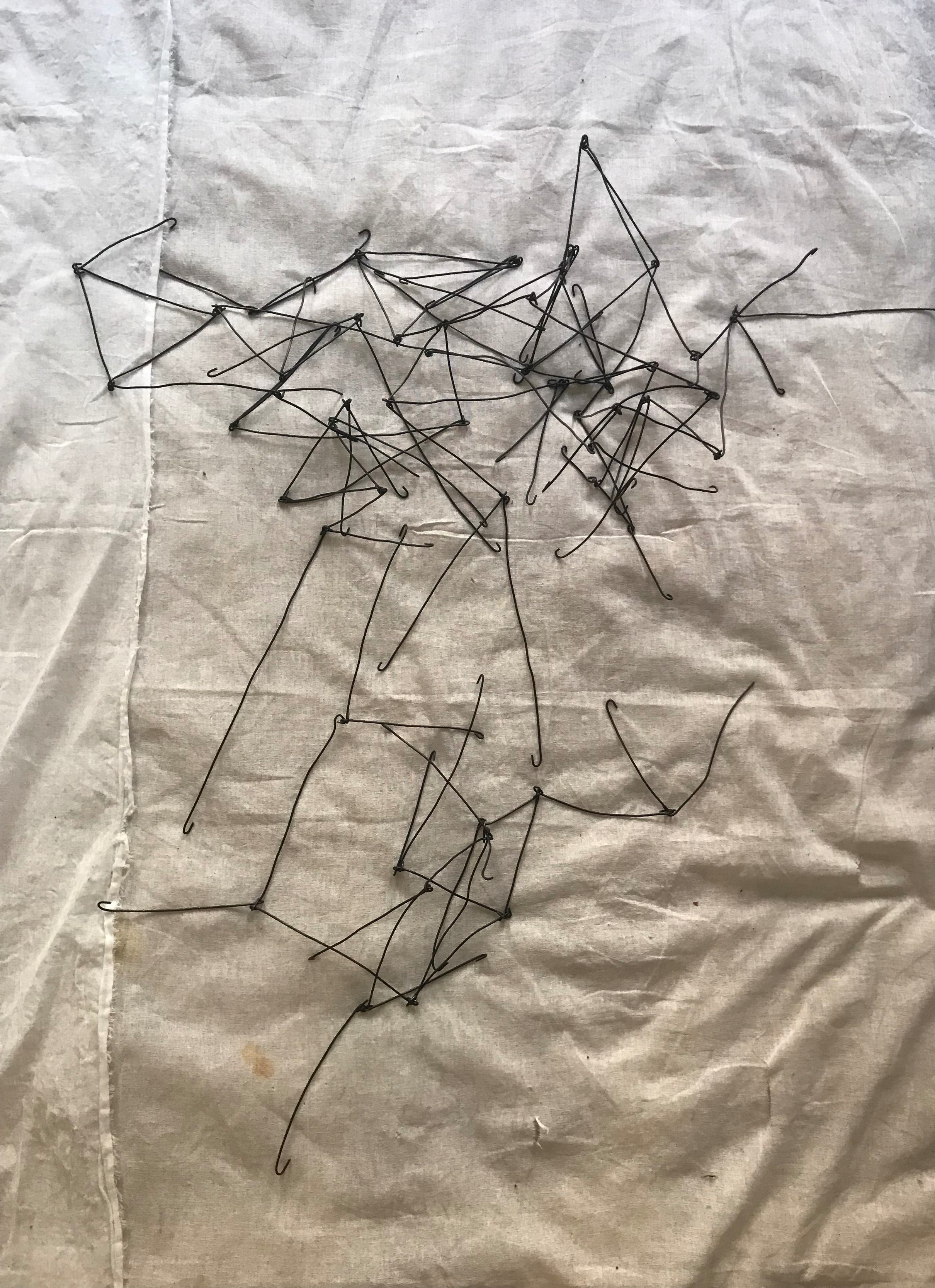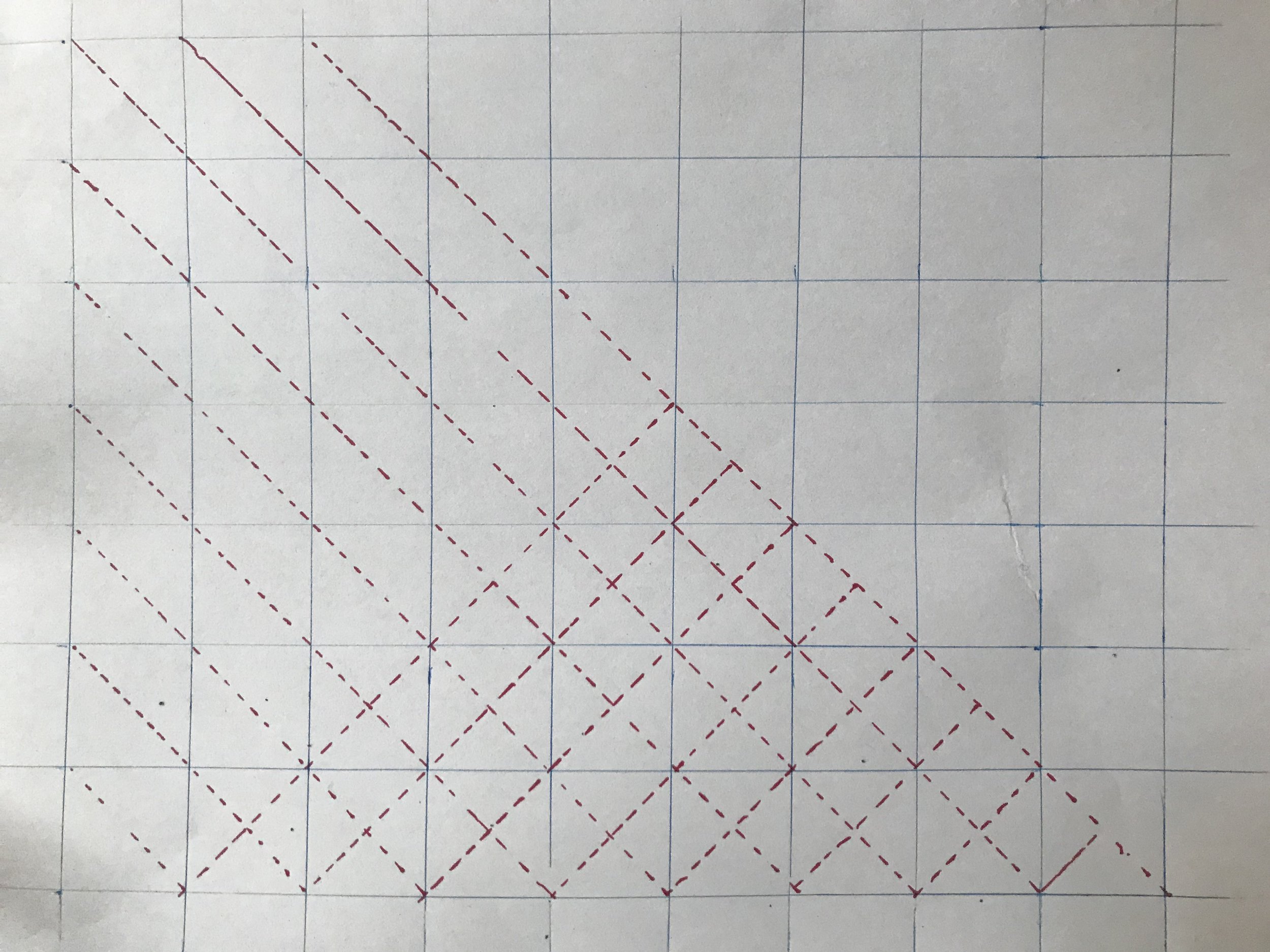For the selected reading I have identified two categories: (1) falling under a more theoretical frame of work related to language, death, infinity and its origins, linked to the foundations of what seems to be the western world view-Theology emerging from Greek philosophy, specifically Platonic philosophy in the setting up of this idea of truth- theoretical truth and Greek mathematics in the setting up of an ideal representation of space-time very much grounded in the idealization of empirical units of measurements making possible this idea of a systematical coherent theory that begins with self-evident principles constructing the all possible spatial forms. Deductive format of a science that contains the knowledge of all possible figures and its relationships by accumulation of observations (western science); (2) Giving shape to a more pragmatic definition of infinity linked to play, games, the theatrical, the dramatic presented in a more dialectical manner showing the oppositions between this two interactive elements: finite/ infinite.
(1) “The origin of Infinity” addressing the following issues:
The idea of infinity as an idealized form, it can’t be given, it can only be aimed at- it is by becaming through aim and intention that can be pursued. Infinity as extension whose forms and properties are studied by mathematics and no longer by empirical measurements.
Infinity as a theoretical attitude formed by disengagement, disinvolvement, disinterestedness, it is the distance from the object, yet motivation is the link that connects together the phases of life into one stream, this link breaks when theory arises. The one who converts to the theoretical attitude isolates himself, detaching from the common needs of human nature never serving the society or nation, whereas for an ideal of truth one utterly implicates the other- ethical intersubjectivity -giving as a result a humanity totally responsible for all the moves it takes.
The infinity of time as form in the present, this theoretical subjectivity according to Hussserl (above mentioned) produces out of itself the infinity that reveals into this world. Hence the living present of an actual consciousness has infinite horizons before and behind it. How does consciousness has that intuitive capacity? Reflection makes consciousness itself the object of intuition. Reflection can see consciousness as having the form of phases, one succeeding the next as an impression, a moment of actual awareness crystallizing in the present.
What is formed in the present also gives form to the past and future, past is implicated in the present as well as motivated by the moments passed, that is how every-time we tell a story about ourselves from the past to another person we are re-creating that memory or story at that given moment. The present then becomes the anchorage in which life expands spontaneously producing the form of the now. Consciousness consists on the actualization of that living in the now
(1) “Language to Infinity” addressing the following issues:
Boundless misfortune, as Homer said: the resounding gift of the gods sending disasters to human beings so we can speak of them, marks the point where language begins and the limit of death (the realization of it) opens infinite spaces within language. In this possibility speech finds its infinite inventiveness. Language as a door, an opening to an ever expansive landscape of infinite possibilities, finding possibilities in its own divisions, repetitions, analogies, self-images, system of mirrors, a language that postpone death by ceaselessly opening a space analog to itself. As referred in the “Library of Babel” by Jorge Luis Borges, everything that can possibly be said or has been said, pronounced, meant- it all exist within this sovereign language that recovers them and is even responsible for their birth, a language that hovers against death, because it is at the moment of falling into the shaft of an infinite hexagon that the most lucid of the librarians reveals that even “the infinity of language multiplies itself into infinity, repeating itself without end in the divided figures of the same”. This makes me think about speech and sound as forms of vibration that can endlessly multiply aiming towards infinity.
(2) “Finite and Infinite games” addressing the following issues:
Finite games versus Infinite games
Finite games: played for the purpose of wining, agreement that involves a beginning an end and a set of rules under which the game is played, defined as temporal boundaries, it needs an opponent and most times teammates, rules are set as to bring the game with the opponent to and end, finite players play within boundaries, finite players assume roles and put up with masks, self-veiling as a free suspension of our freedom, how far can we go with that self -veiling? Finite games are theatrical, the script is used not as rules but rather as the actual exchange between actors/ players, surprise is crucial and can cause the end of the game, to be prepared against surprise is to be trained, Training towards a final self-definition. Death for finite players is abstract, finite players play for the tittles-for immortality, finite play is serious, looking at what could be impossible for others. Contradictory, both true and false. Power is a concept that only belongs to finite games, measured in units of comparison, one can best powerful only when completing something in a close field, one does not win by being powerful but to be so.
Infinite games: played for the sake of continuing playing, freedom of play if one must play one can’t play, internally defined, finite games can be played within infinite games but not the other way around, it has no boundaries or limit of play, it can expand into any number of worlds, rules can be defined as a way of continuing communication with each other, infinite players play with boundaries, infinite games are dramatic, surprise is the cause for the infinite play to continue, infinite players play in complete openness-vulnerability, as a way of exposing their constant growth, infinite player not only expect to be surprised but also to be transform by it. To be prepared for surprise is to be educated, Education leads to a continuing self-discovery. Death for infinite players is a fact that can happen during the course of the play, its dramatic, and even given as an offering for the continuation of the game, infinite players play as mortals, infinite play is joyous. Laughing at what can be possible with others. Paradoxical yet true. Infinite players play with strength, something that can’t be measured, strength is not matter of force but rather allowing others to do what they wish in the course of my play with them.
To be playful is not to be trivial or superficial but rather to interact with others at a level of choice, having at every turn the freedom to choose continuing playing and if so how to continue with that play.
The degree to which one is open to expose the self at that level has to do with an openness and understanding of what an infinite play really means.
